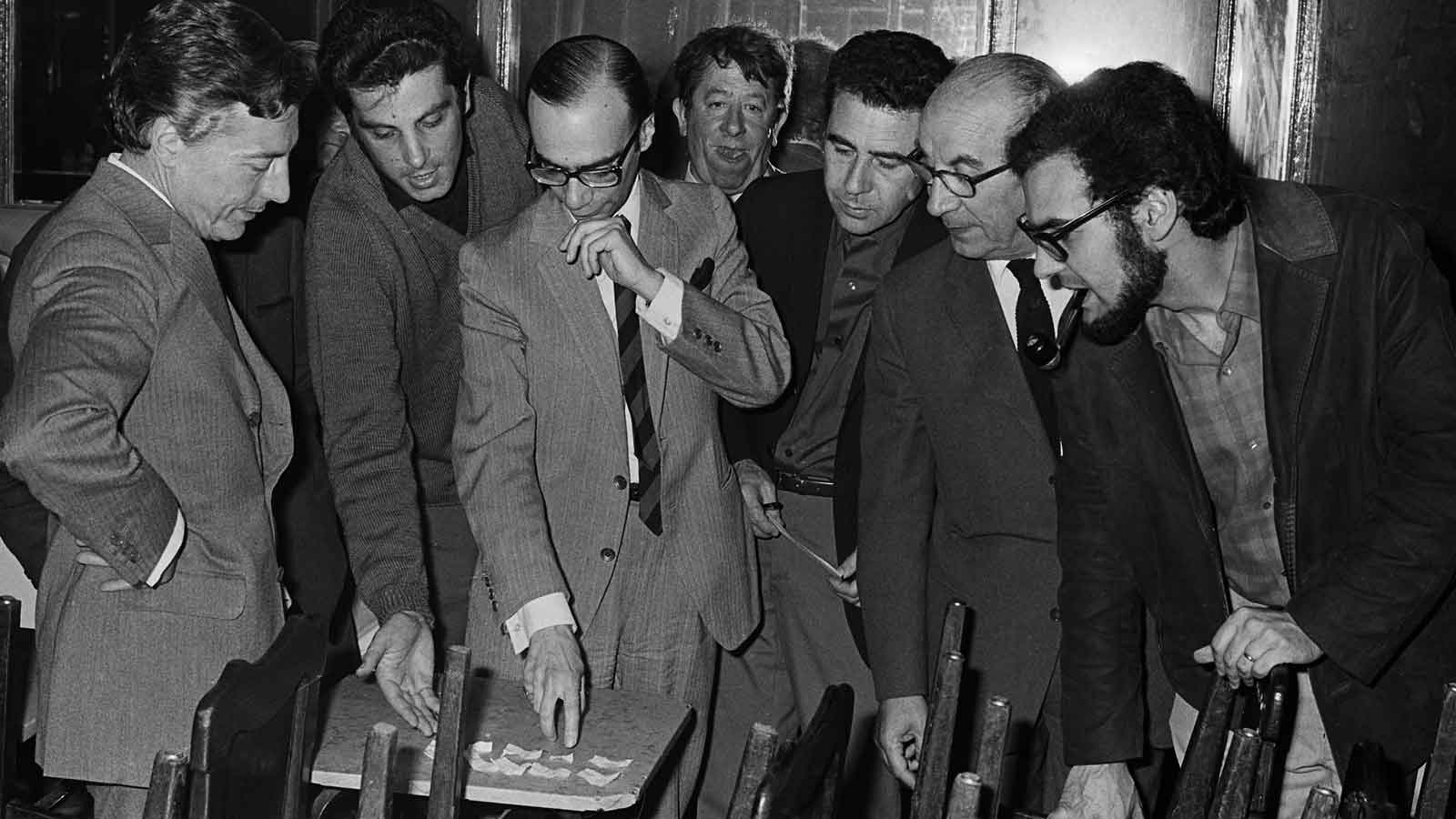José Augusto França, dean of Art History in Portugal
“Nature's desired gift? Flight. How would you like to die? With nine months' notice, which seems equitable to me.”
José Augusto França in Memórias para o ano 2000. Lisboa : Livros Horizonte, 2002 (page 384)
José Augusto França (1922-2021) is one of the most remarkable and influential personalities of the Portuguese cultural scene of the second half of the 20th century, with a vast work in the field of history, criticism, and sociology of art.
“What occurred to him was having written, on commission, in 56, ... a study on Amadeu de Sousa Cardoso that did not sell 500 copies but pointed him in the direction of art history and art criticism that went on, professionally, with doctorates, professorships, international jubilations of good reference, in the field of historiography.”
José Augusto França in José-Augusto França: uma exposição bibliográfica. Lisboa : Biblioteca Nacional de Portugal : INCM, 2012 (page 25)
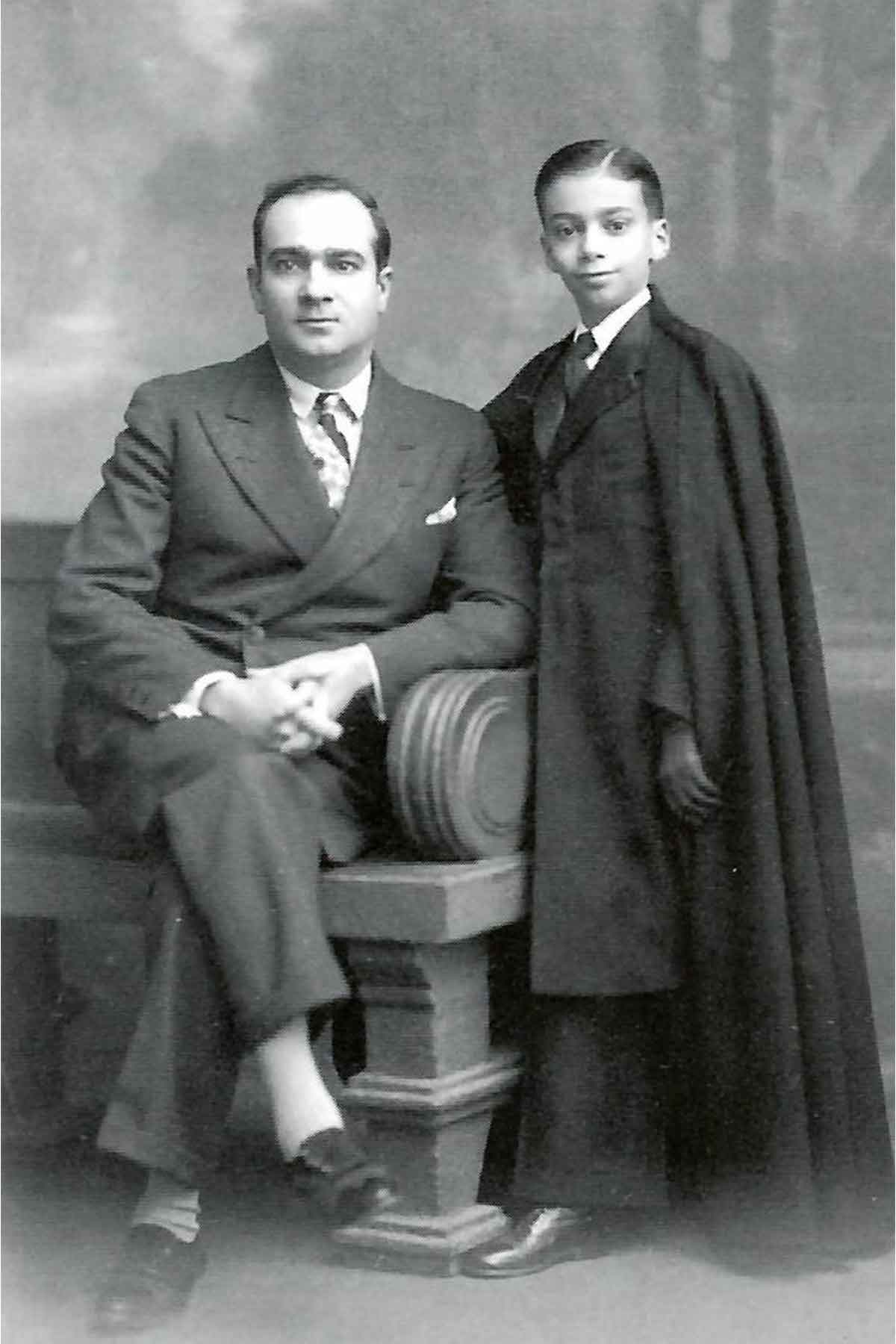
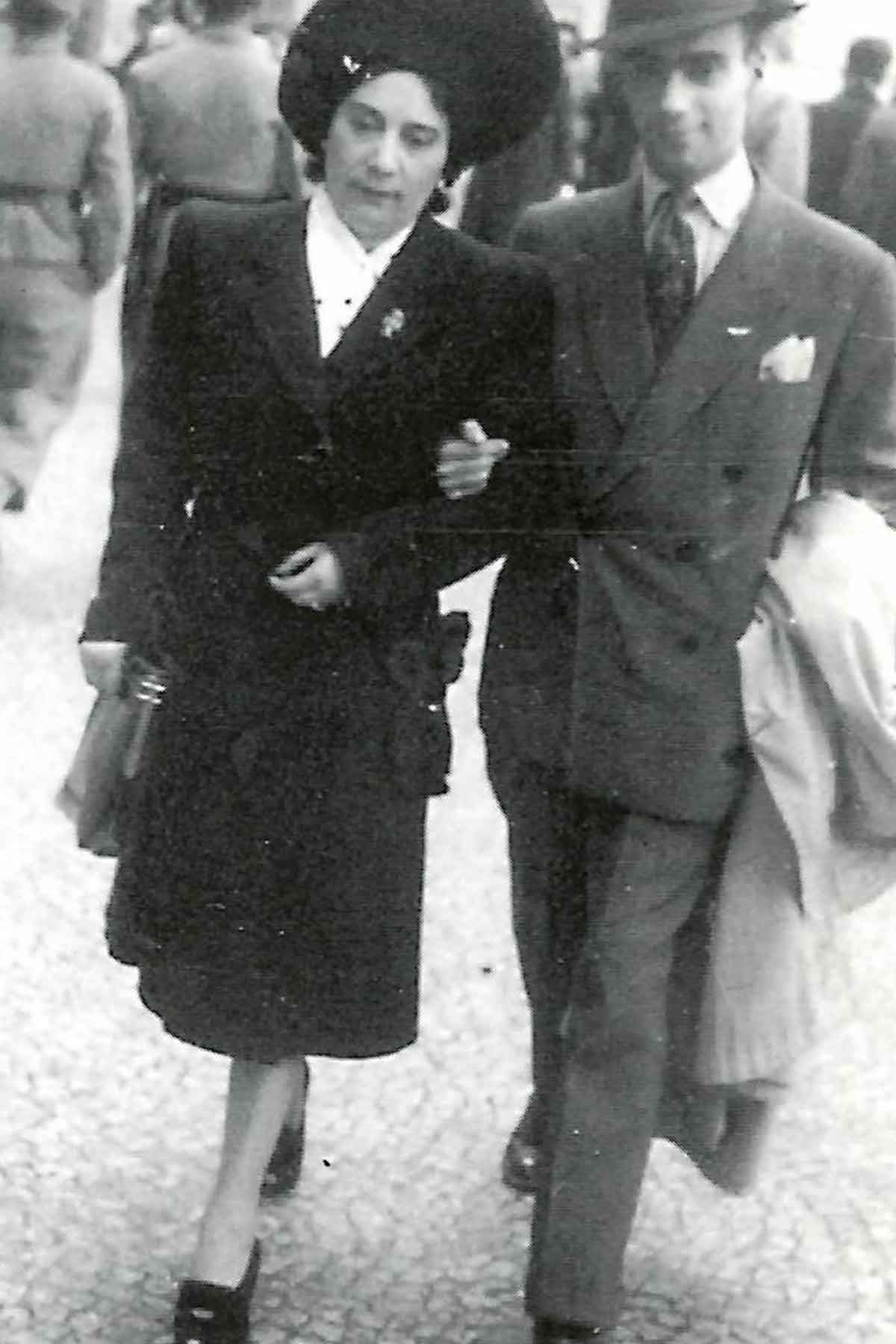
José Augusto França first started writing when he was young and kept up this activity throughout his working life. When he was only 15, in 1937, he published his first articles in Diário do Alentejo – a series of chronicles entitled “Tipos alfacinhas” – and in República.
Later, he did his academic training at the Faculty of Arts of the University of Lisbon, where he attended the course Ciências Histórico-Filosóficas, which he did not finish (1941-1944). His interest in Surrealism led him to join the so-called “Lisbon Surrealist Group” (1947-1949) with, among others, Alexandre O’Neill, Mário Cesariny, António Pedro and João Moniz Pereira. It was during these years that he published his first work of fiction: the novel Natureza morta (1949).
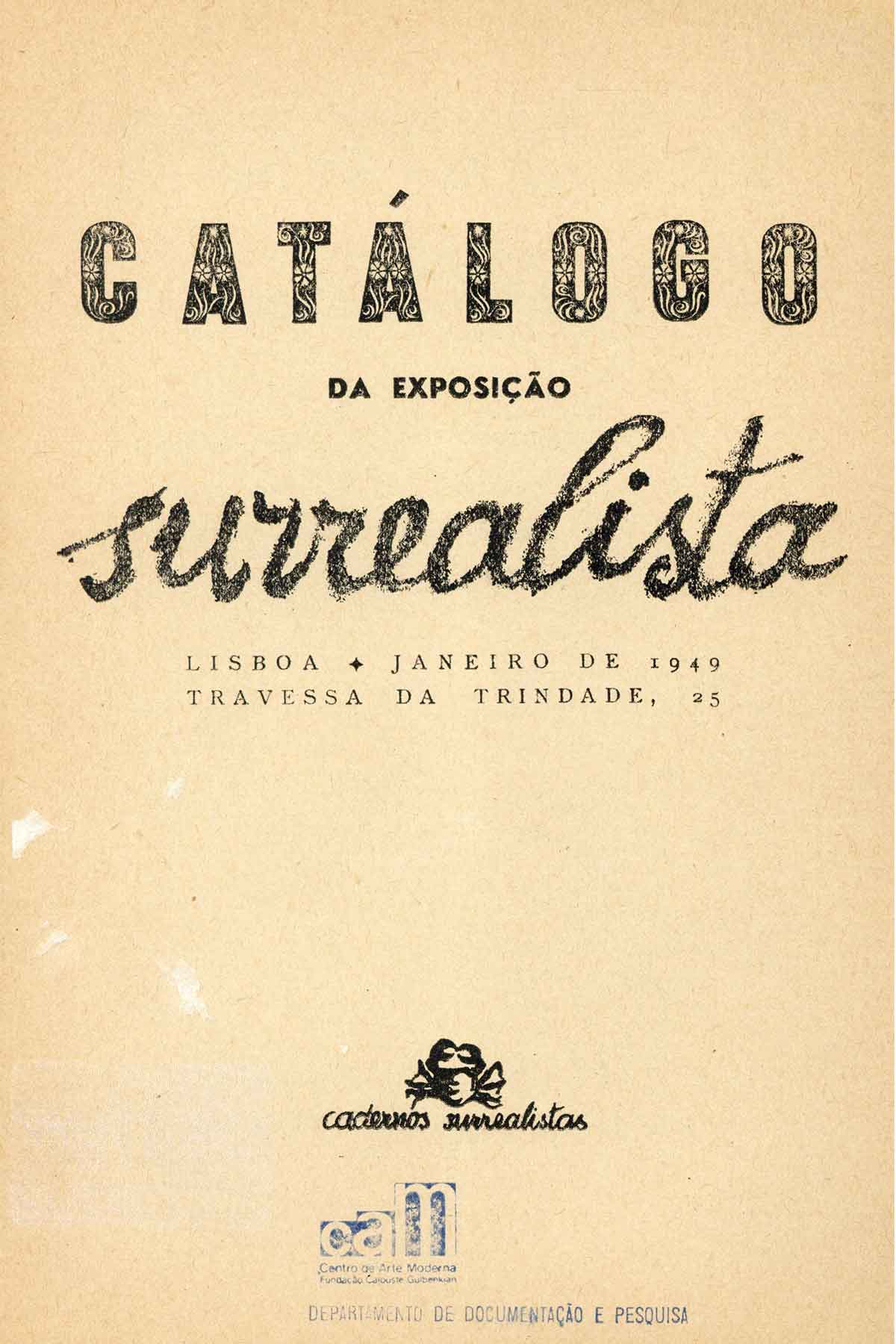

In the early 1950s, the creation of a literary and artistic magazine, of which 5 issues were published – Unicornio (1951), Bicornio (1952), Tricornio (1952), Tetracornio (1955) and Pentacornio (1956) – was due to his initiative.
“In the «Brasileira», then, came the idea of the Unicorn, by effect of the conviviality with surrealist friends, when, still, in the coffee tables, one coexisted [...].
It would be then, and by my most personal will, and calling it legally «anthology of unpublished contemporary Portuguese authors», which is, and author's edition (of the anthology, according to the code), without, therefore, being liable to censorship. Periodicity, taxative of the definition of a magazine, it did not have: it would come out when it came out, and there were five issues, between May 1951 and December 1956. The title changed, as was necessary, to deceive continuity, and the publication was numbered with Latin and Greek prefixes for the occasion, for a monkey's idea, with a cuff to the institutions...”
José Augusto França in Unicórnio, etc. : mostra documental. Lisboa : Biblioteca Nacional, 2006 (pages 7-8)
Throughout its five issues, the magazine published texts by authors of distinct generations and opinions, such as Fernando Pessoa, Adolfo Casais Monteiro, Jorge de Sena, Eduardo Lourenço, Alexandre O’Neill, António Sérgio, António Pedro, António Quadros, Sophia de Mello Breyner Andresen and David Mourão Ferreira, among others, and on the visual side, the companions of França in the surrealist experiments, the young Fernando Lemos, Marcelino Vespeira and Fernando de Azevedo, as well as António Pedro, Almada Negreiros and Júlio.
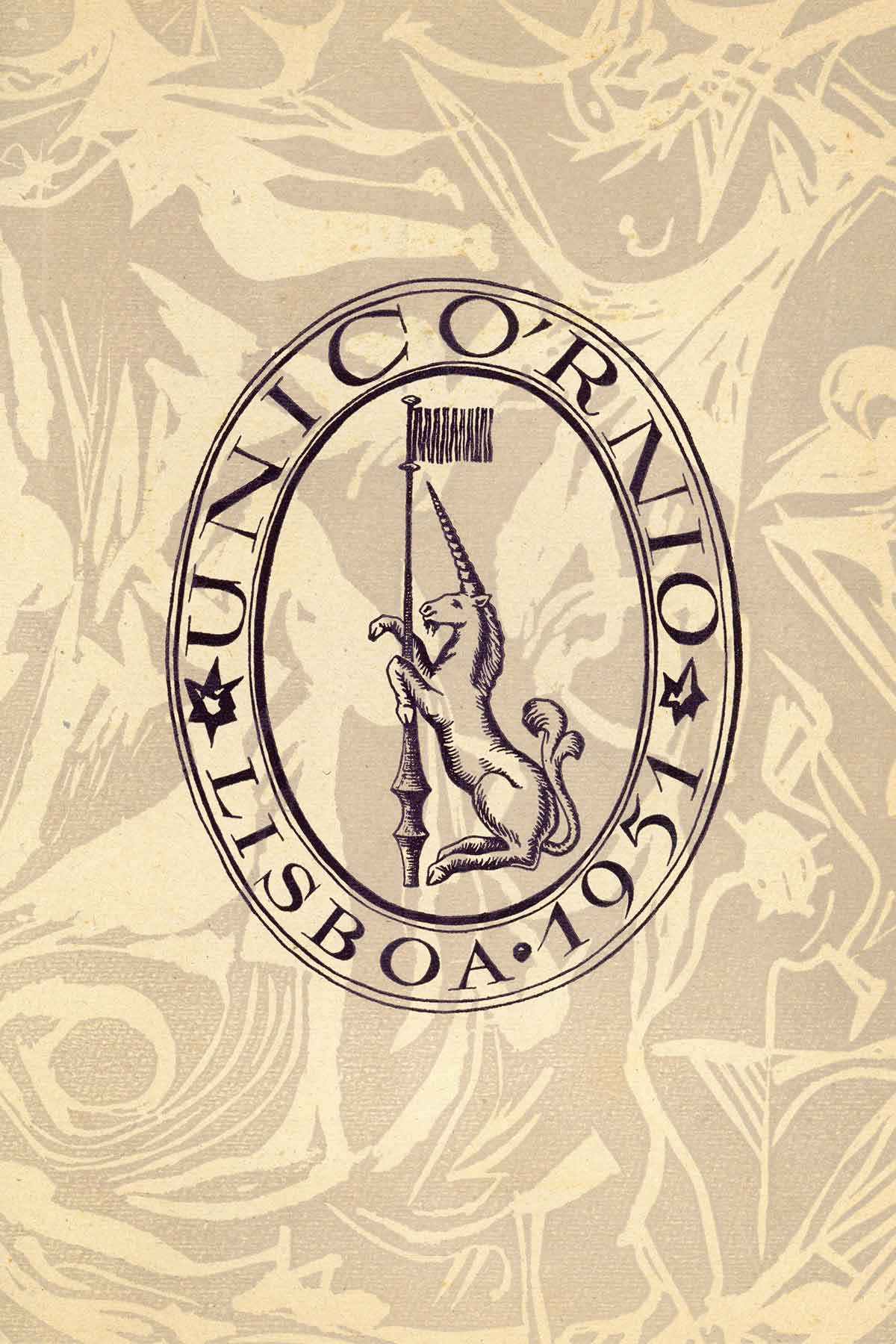


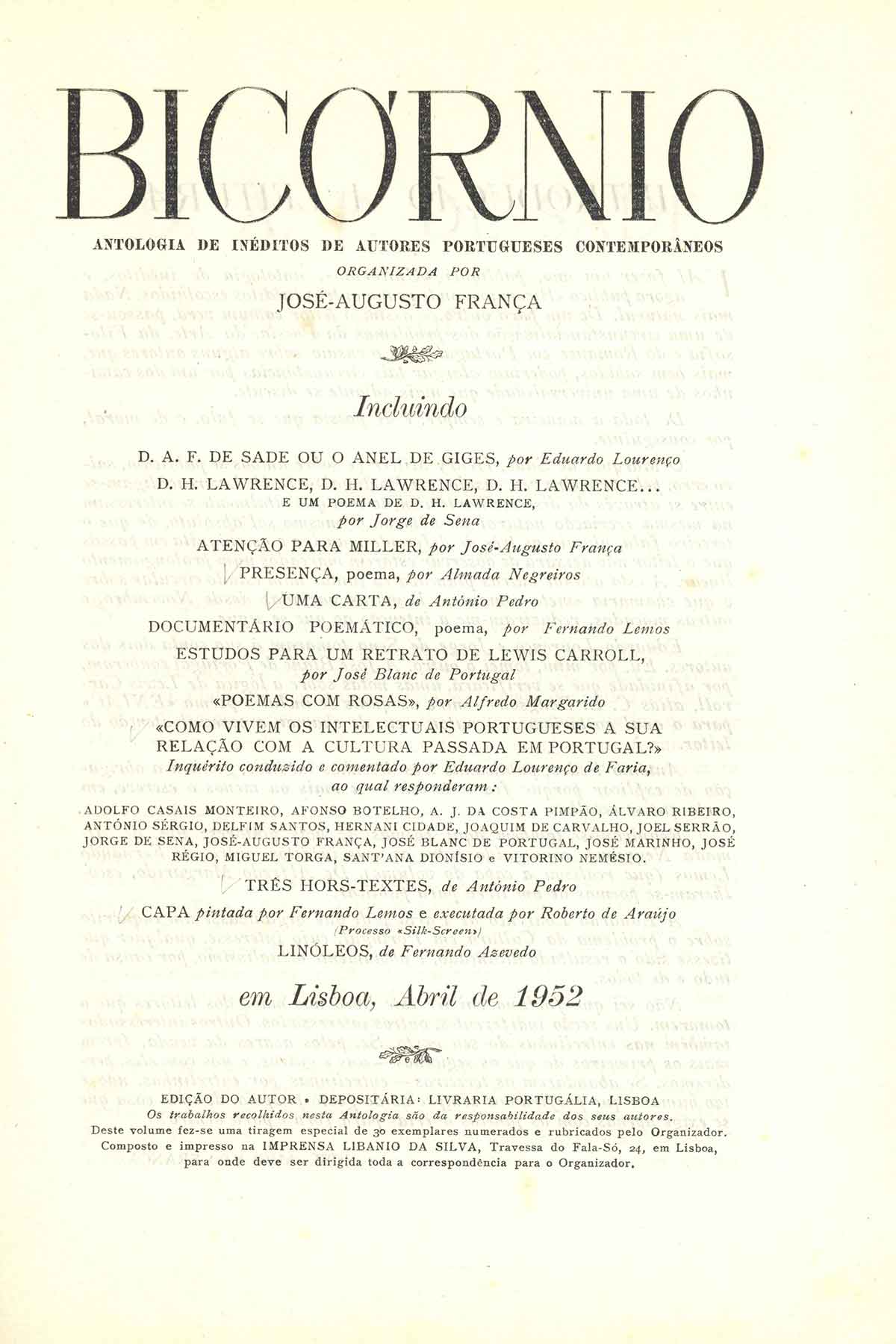
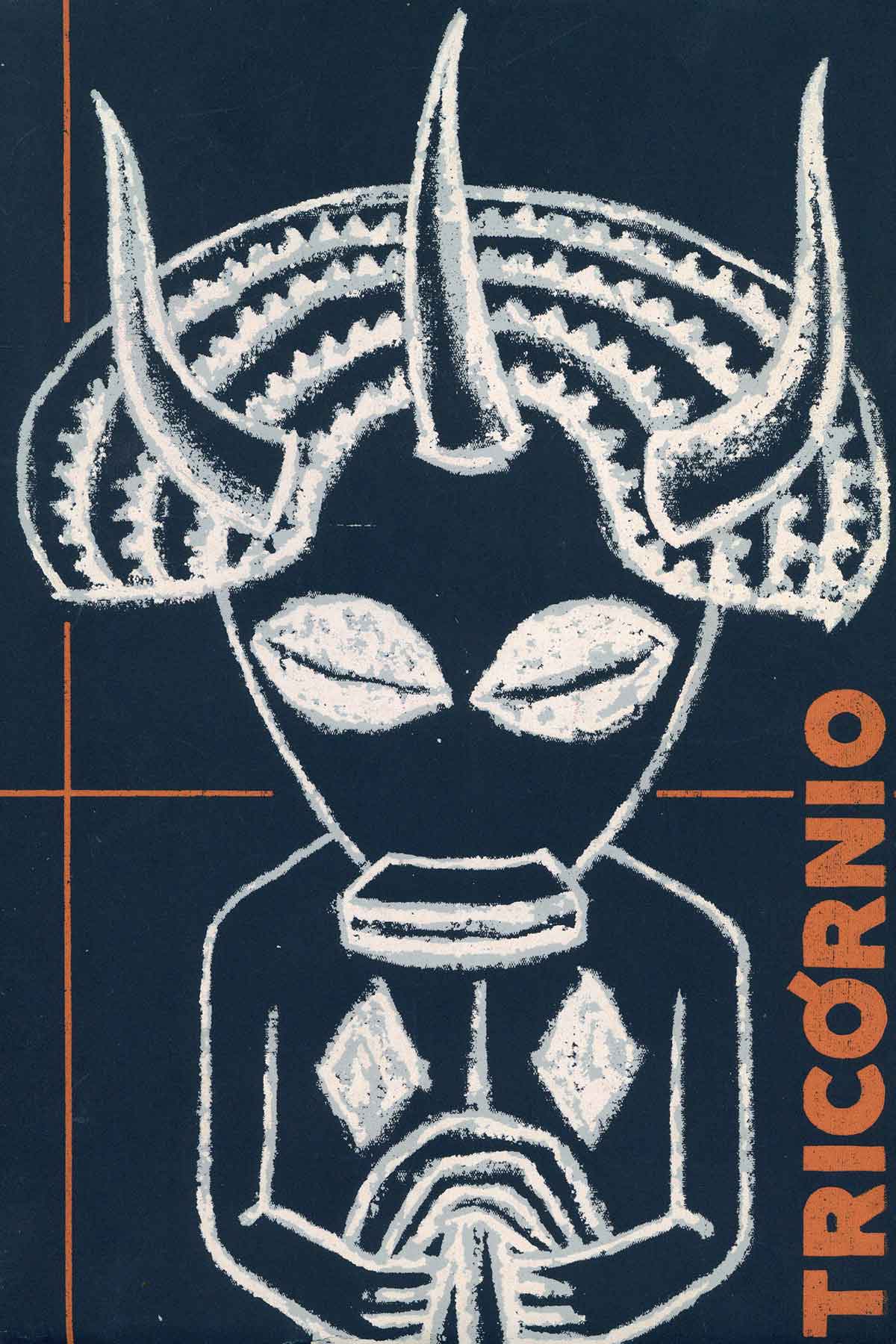


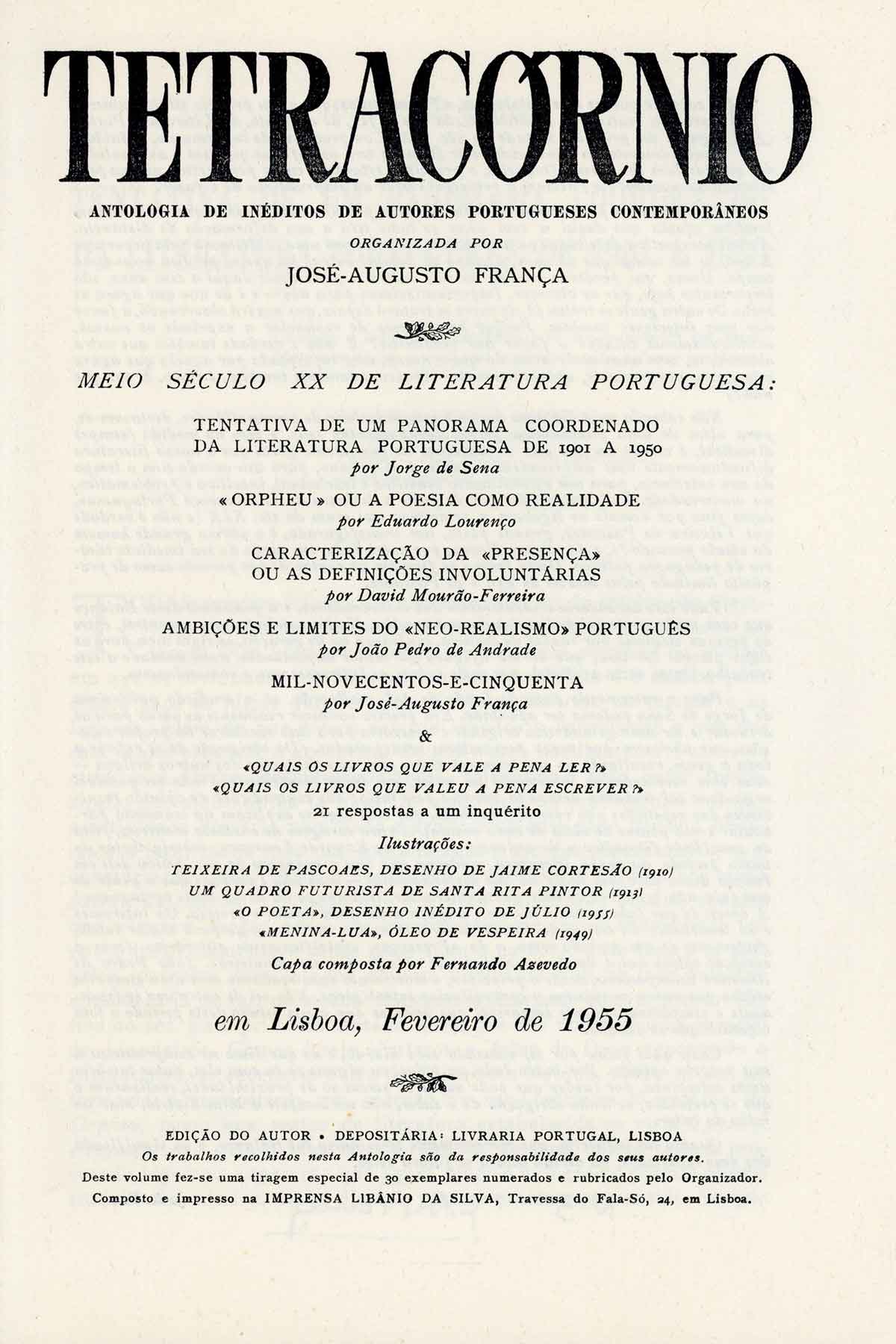
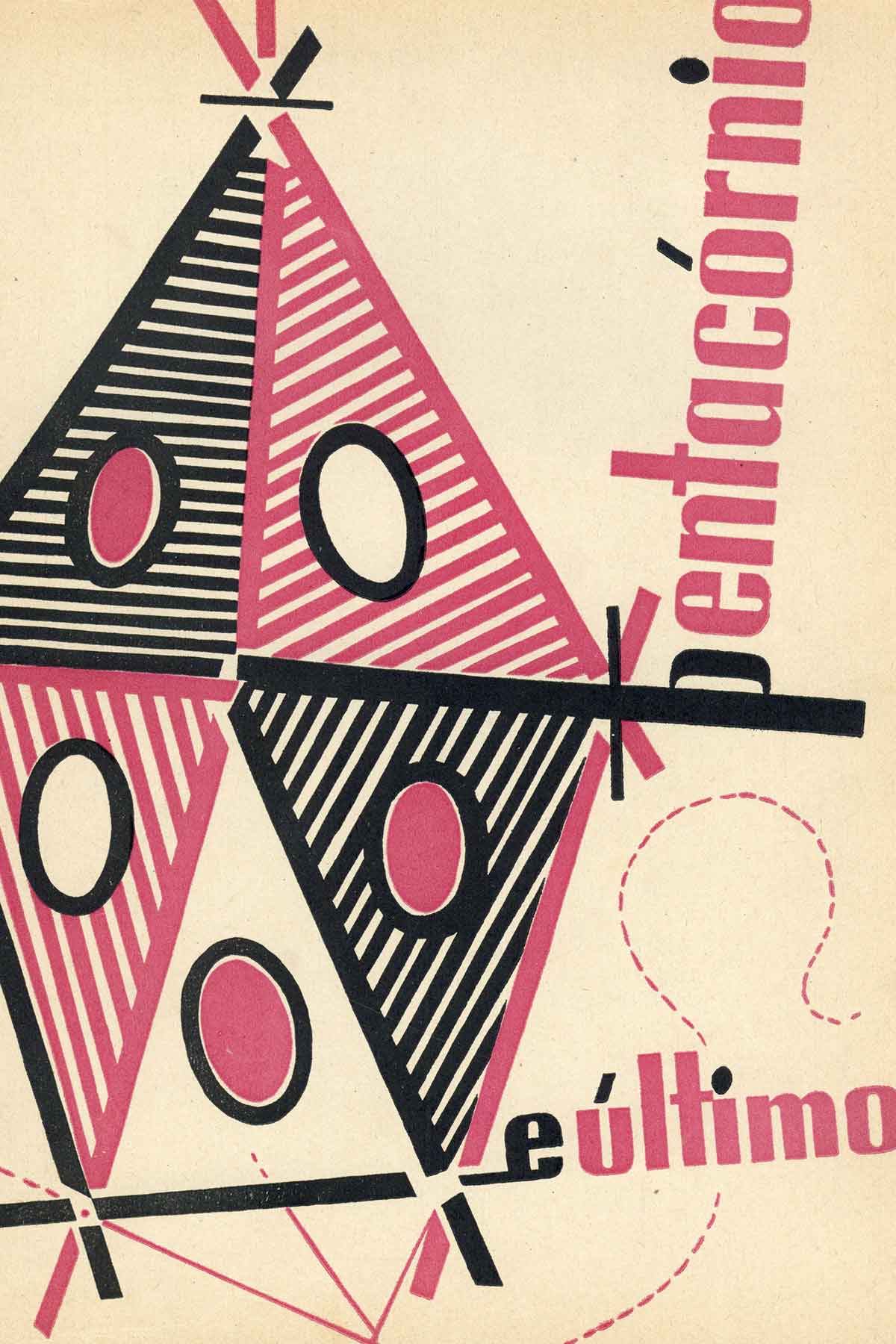
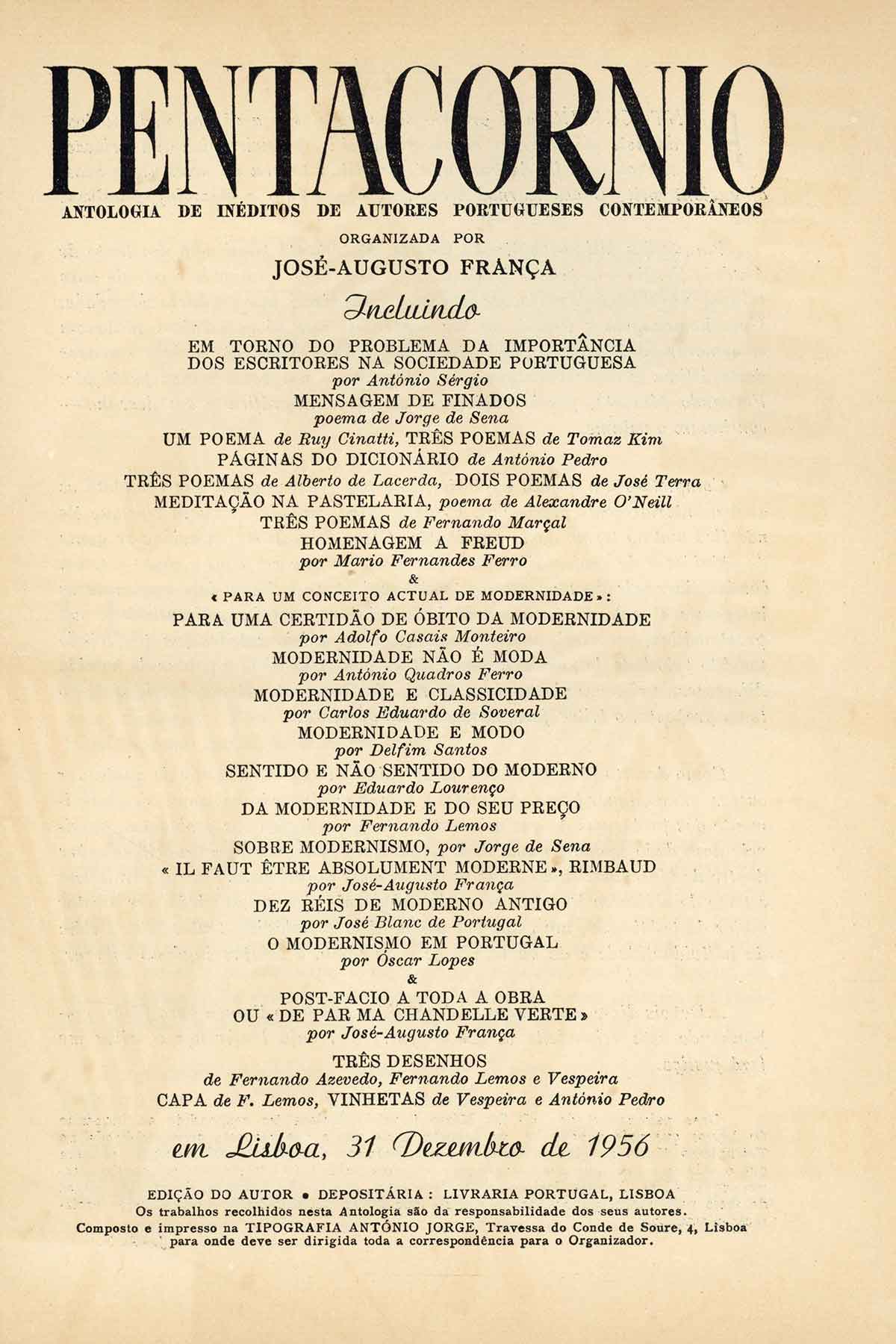
The 1950s were a period of prolific and fruitful activity for José Augusto França, divided between cinema and the plastic arts.
The “Old” and the “modern” in cinema (1951), The Bridges of Paris and Paris at Midnight (1953), The Young Italian Cinema (1953) and Charles Chaplin: the “self-made-myth” (1954) are some of the titles that resulted from his interest in the 7th art and his activity as a film lover and critic, besides several articles that he published, since the beginning of the 1940s, in newspapers and magazines: Diabo – “O écran duma época” (August 31st, 1940) – Província de Angola – “Aniki-bóbó era um bom filme” (September 23rd, 1945), text written under the pseudonym J. AFRA -, Seara Nova (1949-1959), Imagem (1954-1961), for example. He was also the promoter of the programming of the “Terças-feiras Clássicas”- Classic Tuesdays of the Fine Arts University Garden (JUBA) held at the Tivoli cinema (1948-1952), together with Guilherme Filipe.
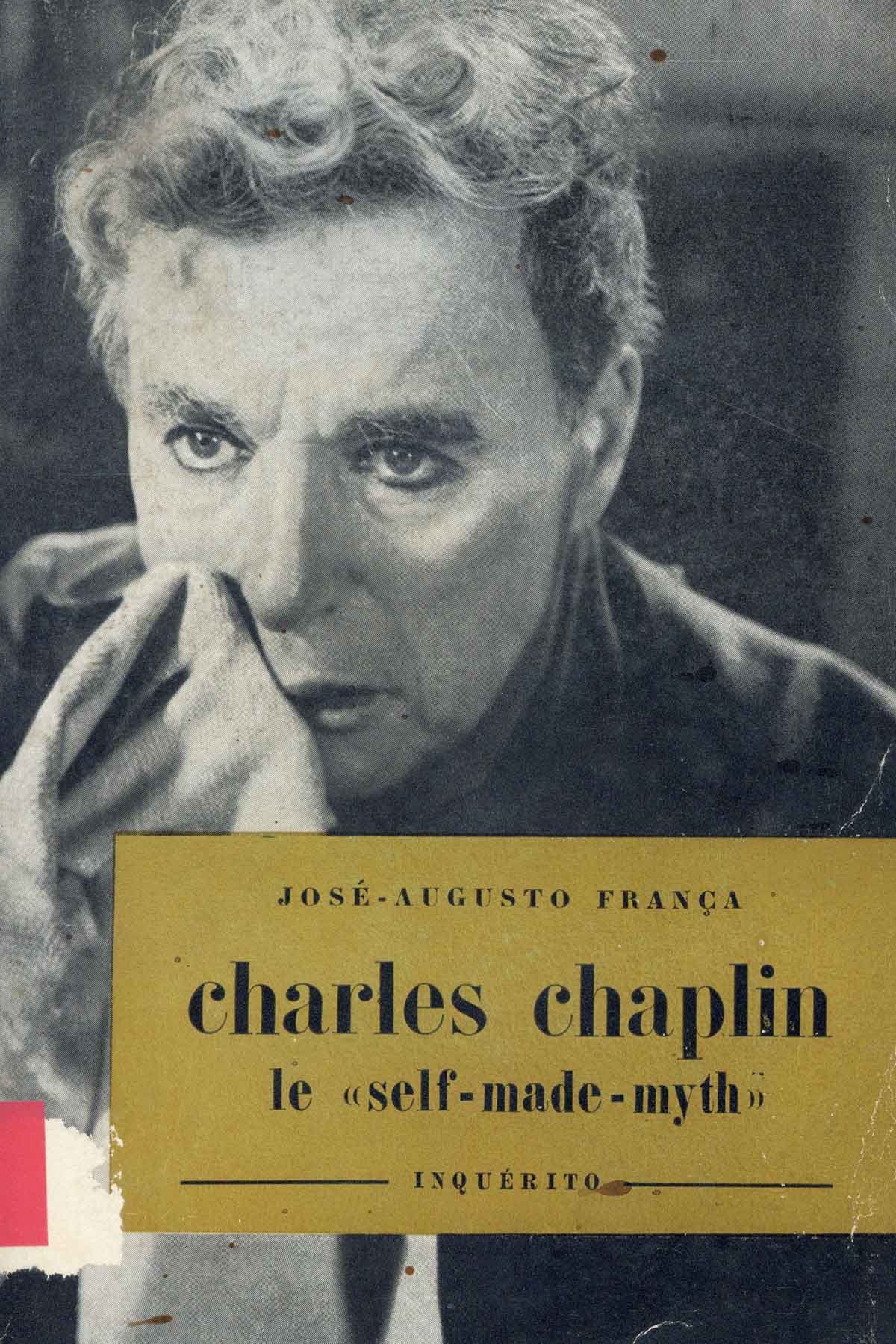
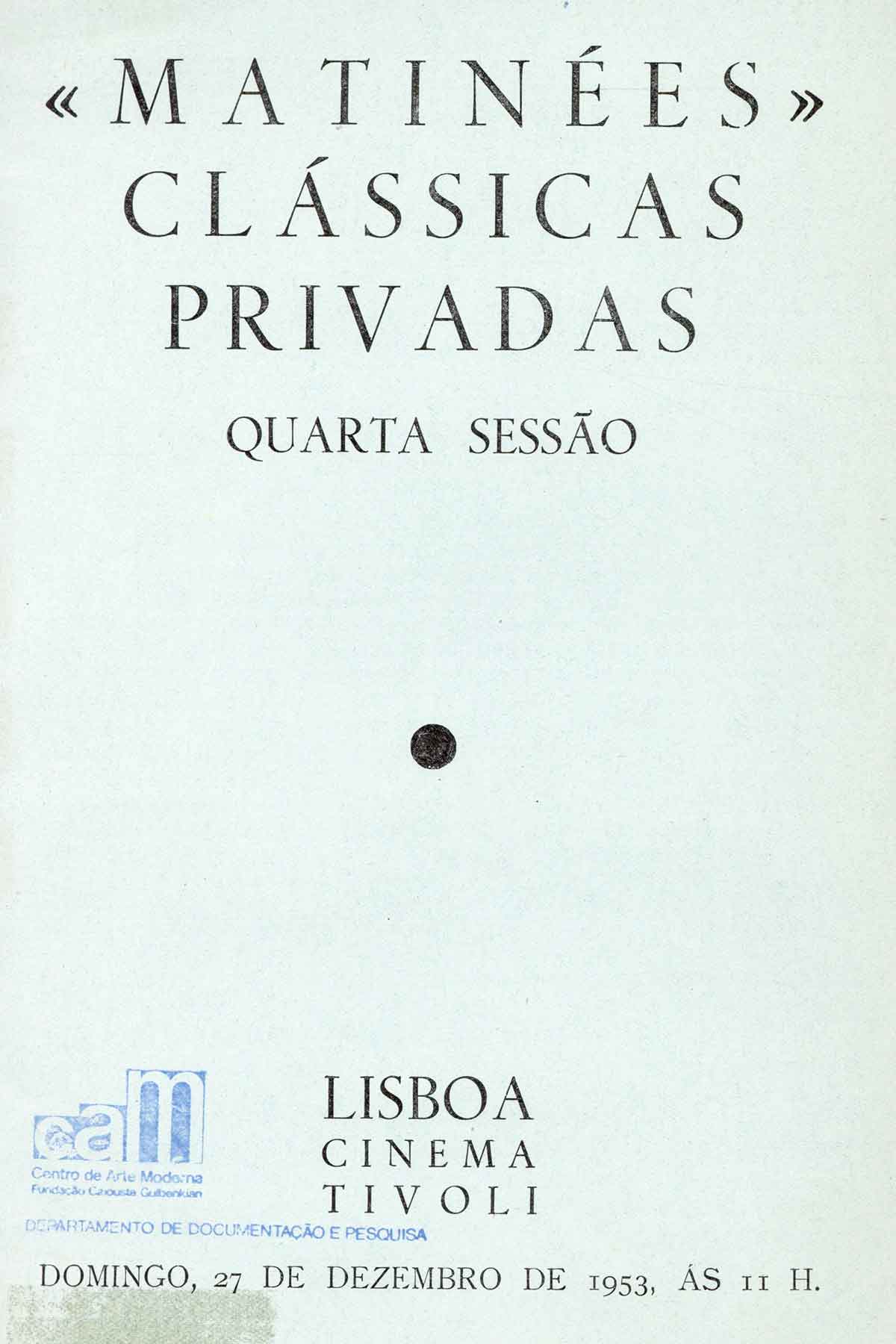
In the field of the plastic arts, he founded with Fernando Lemos – (responsible for the graphic design of the catalogues) and directed the Galeria de Março – which had a brief existence (1952-1954) – and continued the practice of art critic, which he began in 1946 in the newspaper Horizonte: jornal das artes.
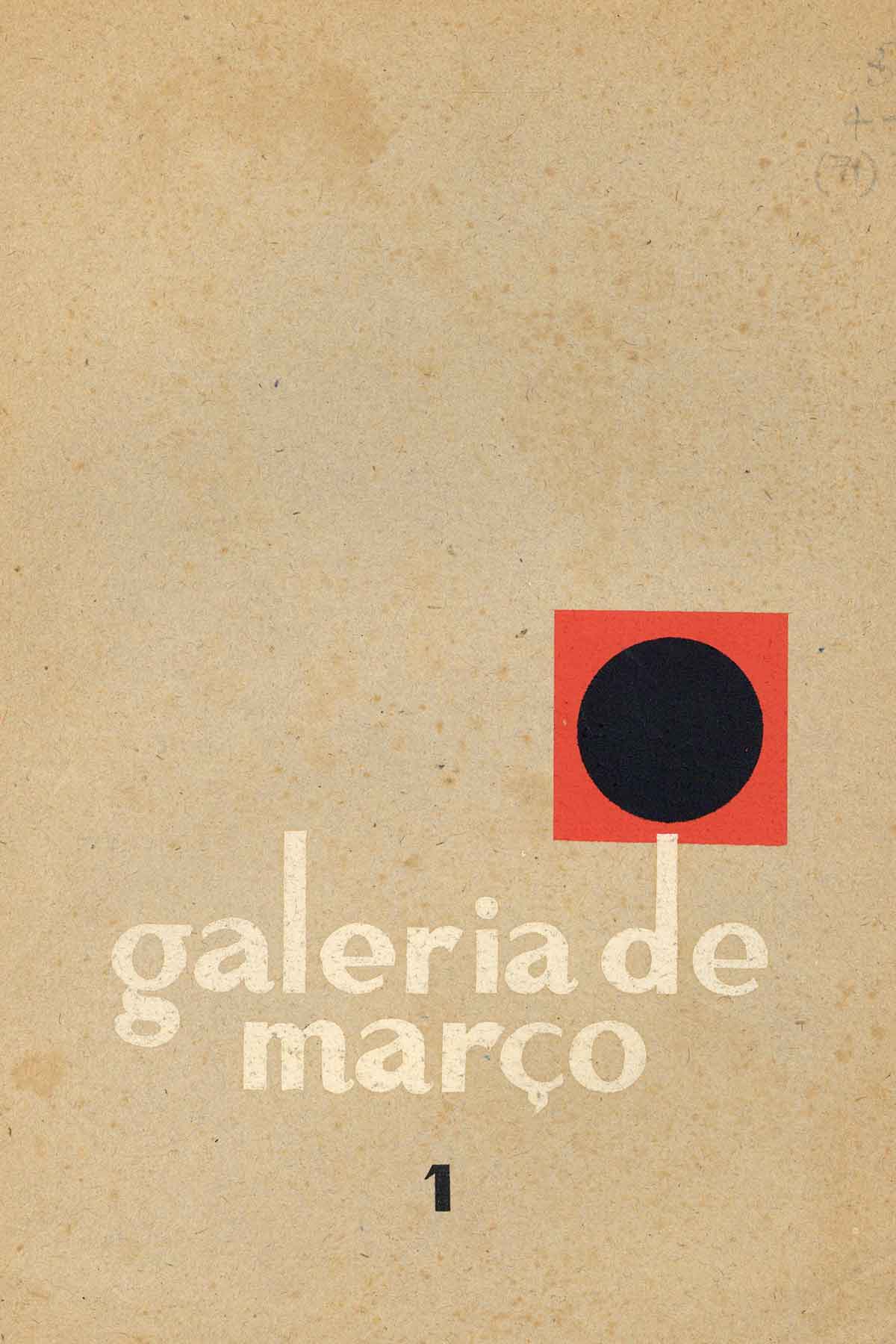
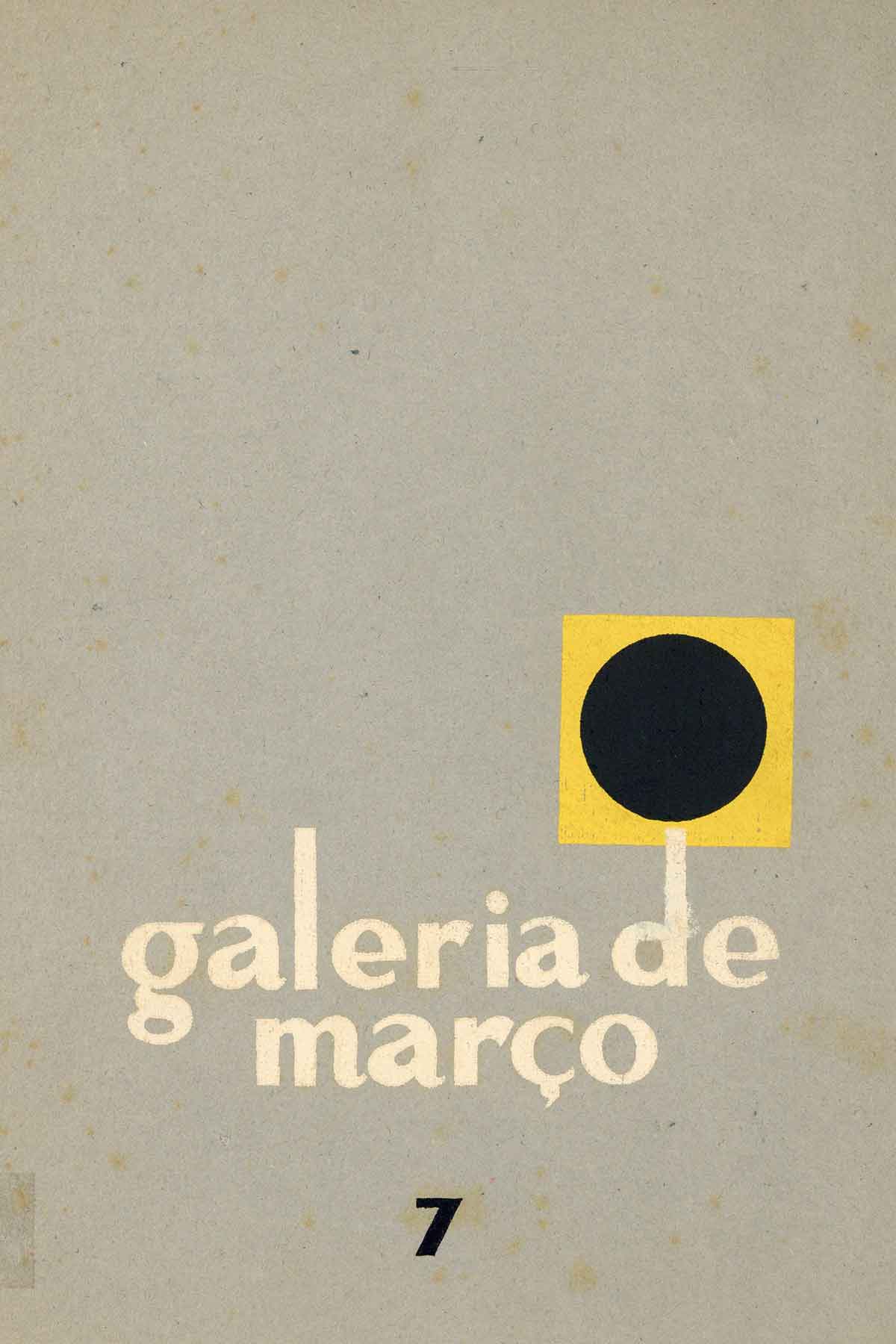

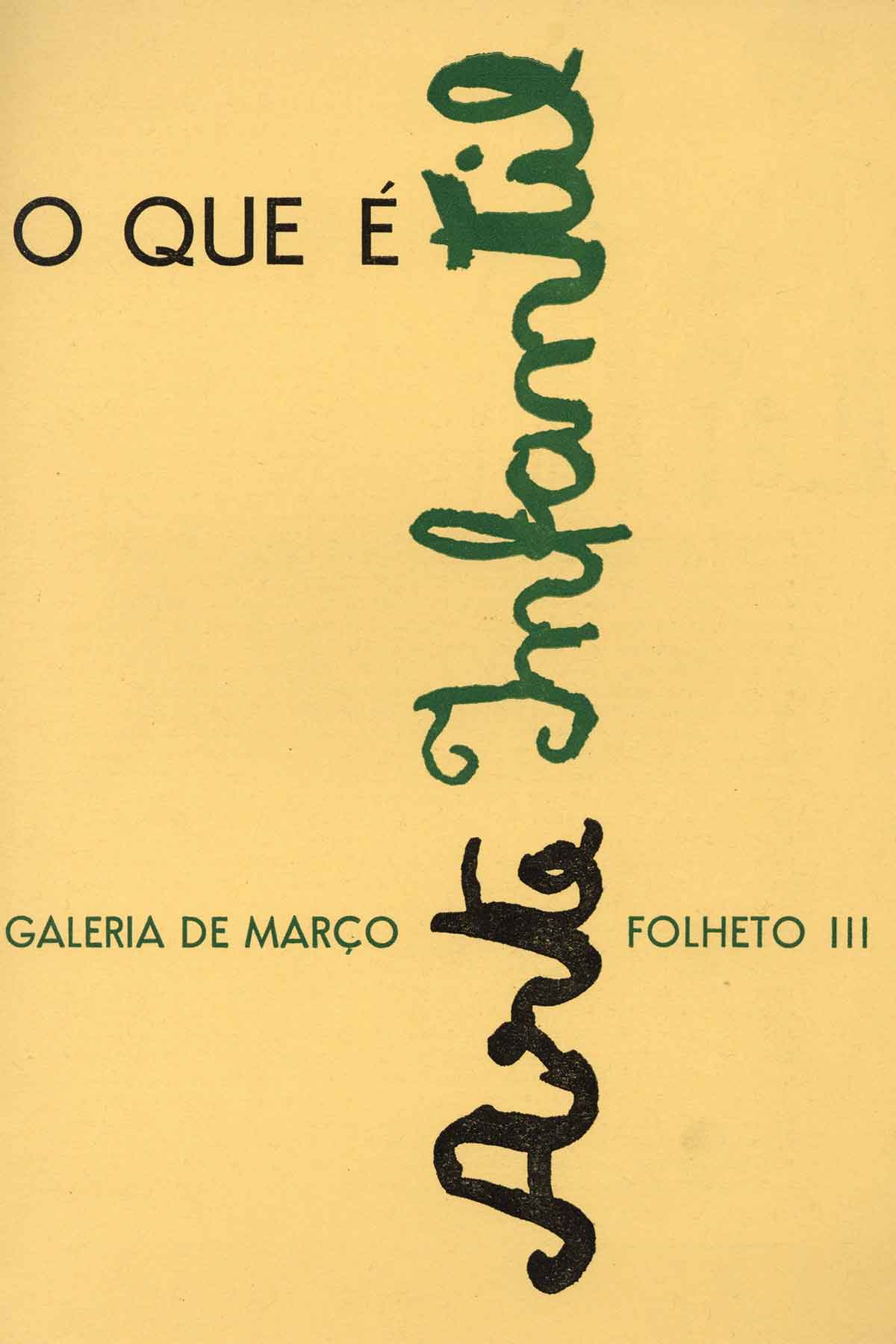
“The «March Gallery» owed itself in part to Almada, with appreciable commercial results...; but all the exhibitions that took place afterwards sold zero paintings (I lie: one!, by nice chance, convincing a relative of mine) and only Cargaleiro's ceramics that made their debut... and Pedro's porcelains, out of Christmas curiosity...
[...] It [the gallery] also had a banquet for its first anniversary,..., organized another, a tribute to Vieira da Silva, .... - and lasted, even so, two years and three months, or better counting, 32 exhibitions, of possible modernity, eclectic as it should be civically, with punctuality of openings, catalogues ... and many useless proofs of esteem.”
José Augusto França in Memórias para o ano 2000. Lisboa : Livros Horizonte, 2002 (pages 113-114)
He published the books Amadeo de Souza-Cardoso (Artis, 1956), Primeiro diálogo sobre arte moderna (1957) and Situação da pintura ocidental (1958), as well as writing texts in exhibition catalogues and collaborating in newspapers, namely the cultural page of O comércio do Porto (1952-1973). He also continued with incursions into literary fiction, with the works Azazel (1956), a play in three acts, and Despedida breve e outros contos (1958).
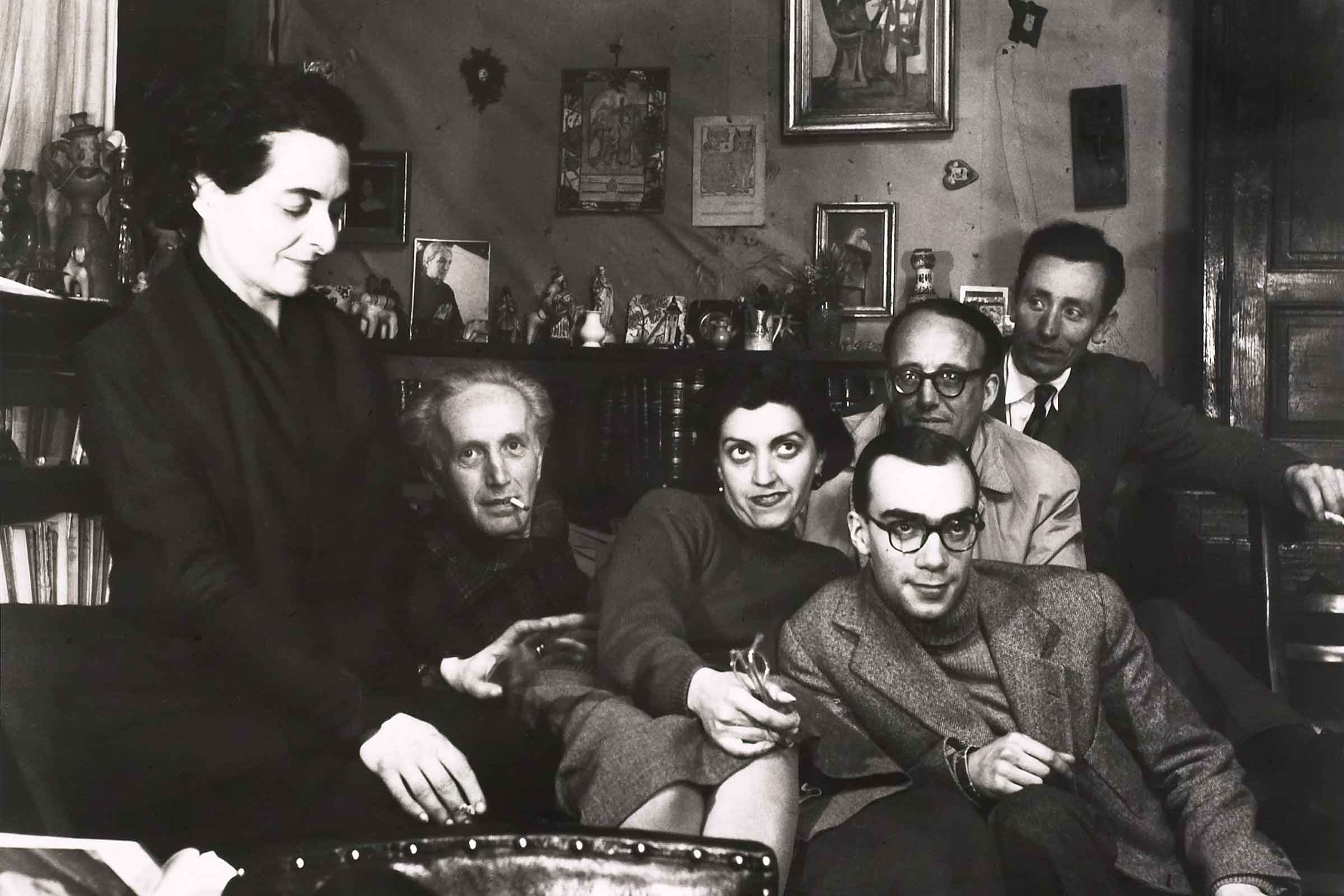
After several previous stays in the French capital, in 1959, José Augusto França left for Paris with a scholarship from the French government (1959-1963), graduating at the École Pratique des Hautes Études, in Sociology of Art, with the thesis L’art dans la société portugaise au XXe siècle, and getting his PhD in History (1962), with the thesis Une ville des Lumiéres: la Lisbonne de Pombal – research guided by the French art historian Pierre Francastel -, and then the PhD in Letters and Human Sciences (1969) with the research work entitled Le Romantisme au Portugal. All these studies were later translated and published in Portugal.
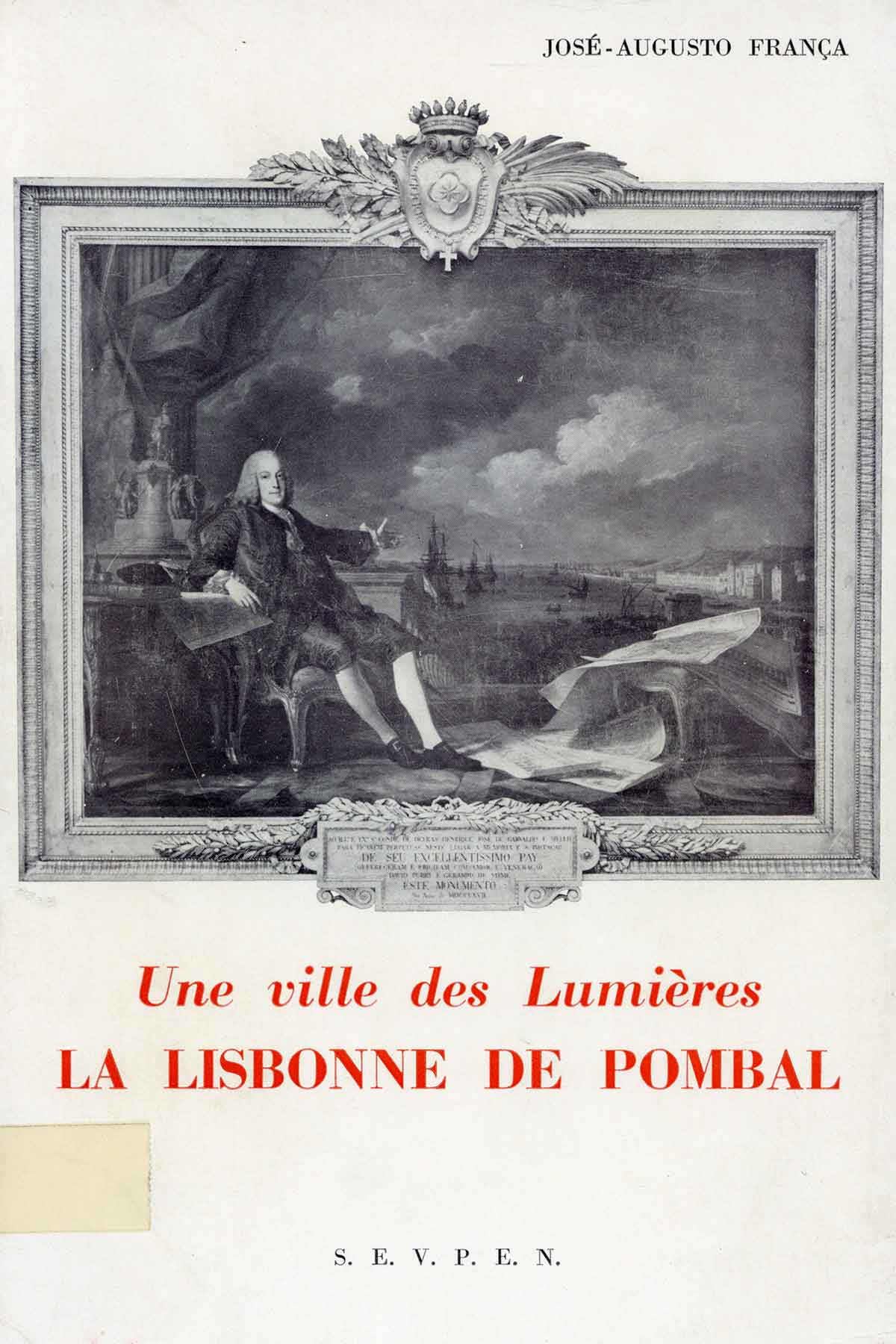
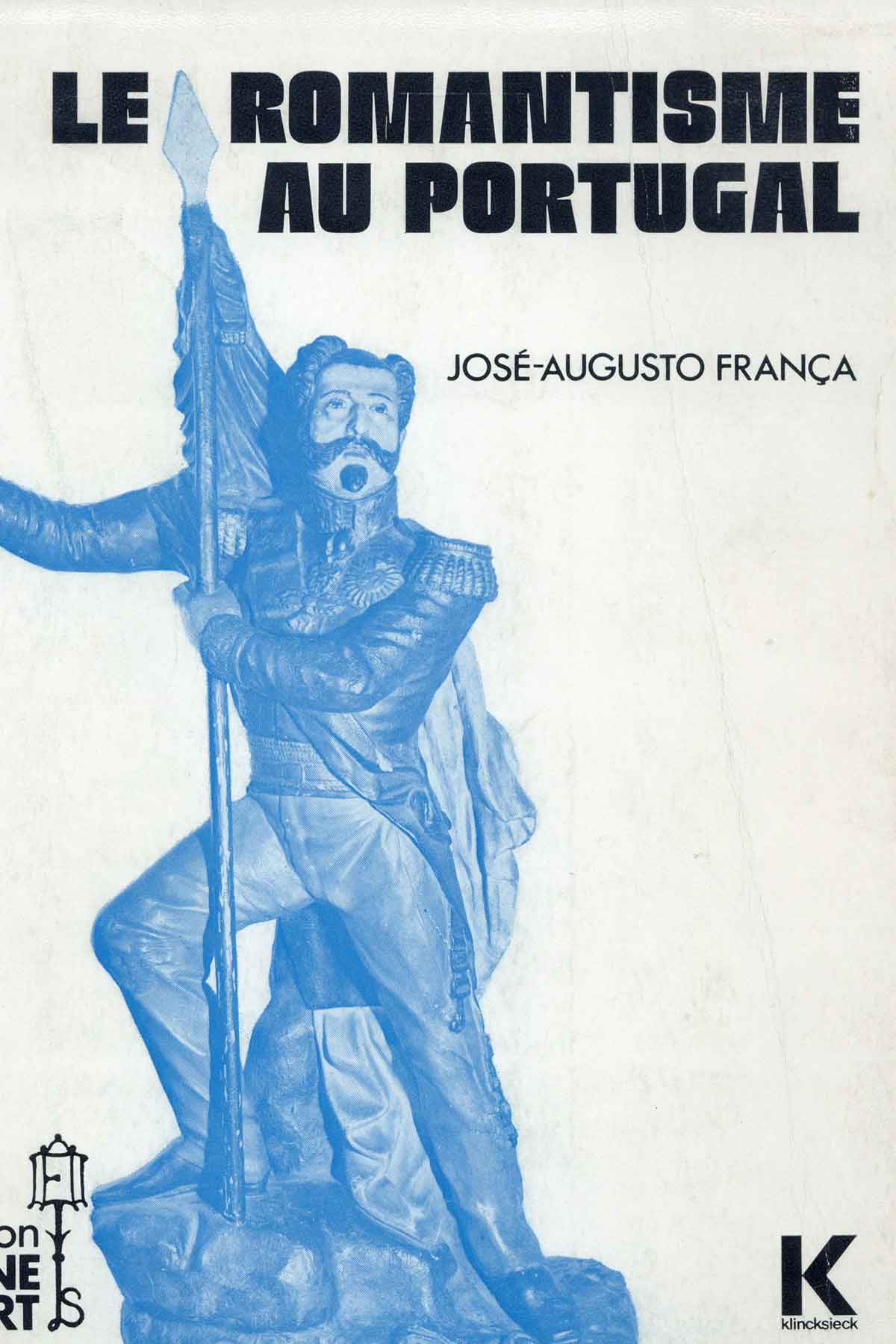
Returning to Portugal in the mid-1960s – while maintaining his connections with the French cultural milieu – José Augusto França gave lecture courses in History of Art at the Sociedade Nacional de Belas Artes, wrote and published the books A arte em Portugal no século XIX (1966, revised and enlarged edition in 1981), and A arte em Portugal no século XX (1974, reedited in 1985 and 1991) and started the rubric “Folhetins artísticos” in the Diário de Lisboa (1968-1987), with texts of reflection and criticism on aspects of contemporary society and culture. Until 1987, he would write 500 pamphlets, published in two volumes by the Imprensa Nacional in 1984 and 1993.
He also continued to write for Diário Popular (1957-1978) and for Jornal de letras e artes (1961-1968). It was also in this decade that José Augusto França extended his collaboration to several foreign magazines and newspapers, like the French Aujourd’hui: art et architecture (1960-1967), Les cahiers du cinema, Les temps modernes, the Spanish Goya and the Brazilian newspaper O Estado de São Paulo.
“And in this magazine, parallel to «Architecture d'aujourd'hui» and which was then the best in Europe, about contemporary art, keeping, in the new title, «Aujourd'hui arte et architecture», the same critical demand of the present time... I began to collaborate, at the invitation of the director André Bloc, architect, and painter, with whom I had made a friendship on the journey from Brazil. And I started with an article on «La jeune peinture portugaise», still in 59 - as I had already done in 53 in the «Soleil noir», in 56 in the «Quattro Soli», - of Rome, and later I would do, already in 63 and 64, in the «Civilità delle Machine», of Rome too, or in the «Humboldt» of Munich, or in the «Goya» of Madrid.”
José Augusto França in Memórias para o ano 2000. Lisboa : Livros Horizonte, 2002 (page 151)
In 1967, he was responsible for the organisation of the 1st Meeting of Portuguese Art Critics, held at the National Cultural Centre under the auspices of the Association Internationale des Critiques d’Art, of which he had been a member since 1954. This meeting led to the restructuring of the Portuguese section, with José Augusto França as director and responsible for the production of Pintura&não, a sort of section bulletin, published as a supplement to the magazine Arquitectura (1969-1970).


In 1969, França became a member of the Comité International d’Histoire de l’Art, on the recommendation of the art historian André Chastel.
In between, he made trips to Brazil, for conferences and visits to his friend Fernando Lemos – who lived there after having left the country in 1953 -, to the United States and Mexico, held conferences on Western and Portuguese Art History at the Sociedade Nacional de Belas Artes, where he also created the Curso de formação artística (Artistic training course) (1964).
The Revolution of April 25, 1974, which brought down the dictatorial regime that ruled Portugal for almost half a century, brought José Augusto França the opportunity to integrate, as Professor, the academic board of the newly formed New University of Lisbon and to create, in the Faculty of Social Sciences and Humanities, the Department of History of Art and the country’s first master’s degree in History of Art. In the same year he was elected president of the Centro Nacional de Cultura (1974-1987).
A few years earlier, in 1971, he was made director of the journal Colóquio. Artes, continuing the collaboration that the critic and art historian had begun in 1959 with Colóquio: revista de letras e artes, created that year by the Calouste Gulbenkian Foundation. Divided into Letters and Arts, José Augusto França directed Colóquio. Artes: revista de ates visuais, música e bailado, from the first to the last issue – N.º 111 (outubro-dezembro 1996).
“I had also begun, in 1959, to collaborate in the arts and literature magazine that the Gulbenkian Foundation then began to publish, the «Colóquio», directed, in one and other part, by Reynaldo dos Santos and by Hernâni Cidade [...] and since the first issue, I believe that only with one fault, there was my collaboration in the «Colóquio», on themes and facts of current artistic news, national or foreign, as I liked and it was always accepted.”
José Augusto França in Memórias para o ano 2000. Lisboa : Livros Horizonte, 2002 (page 152)
With periods of residence in France in between his life in Lisbon, José Augusto França’s various occupations in the 1970’s included lecturing courses on the history of Portuguese art at the Institut d’Études Portugaises of the University of Paris 1-Sorbonne (1971-1975), the co-organization of the Centro de Estudos do Século XIX (1971-1975), the presidency of the Instituto de Língua e Cultura Portuguesa, the institution that preceded the Instituto Camões (1976-1980), and the Academia Nacional de Belas Artes (1976-1979).
Among the works that José Augusto França published during this decade were Eleven paintings for “A Brasileira do Chiado” (1971), Millares : “Antropofaunas” “Neanderthalios” et autres oeuvres recentes de 1966 à 1970 – text written for the exhibition at the Musée d’Art Moderne de la Ville de Paris (1971) -, the 2nd edition of the pioneering study on the work of Amadeo de Souza-Cardoso (1972), Almada, o português sem mestre (1974), A arte em Portugal no século XX (2nd edition revised in 1984, re-edited in 1991 and in 2009), Zé Povinho na obra de Rafael Bordalo Pinheiro 1875/1904 (1975), Le romantisme au Portugal (1975) and O modernismo na arte portuguesa (1979).
In 1972, his study of the city of Pombal city was translated into Italian and published in Rome, in a collection dedicated to architecture directed by the architectural historian Manfredo Tafuri.

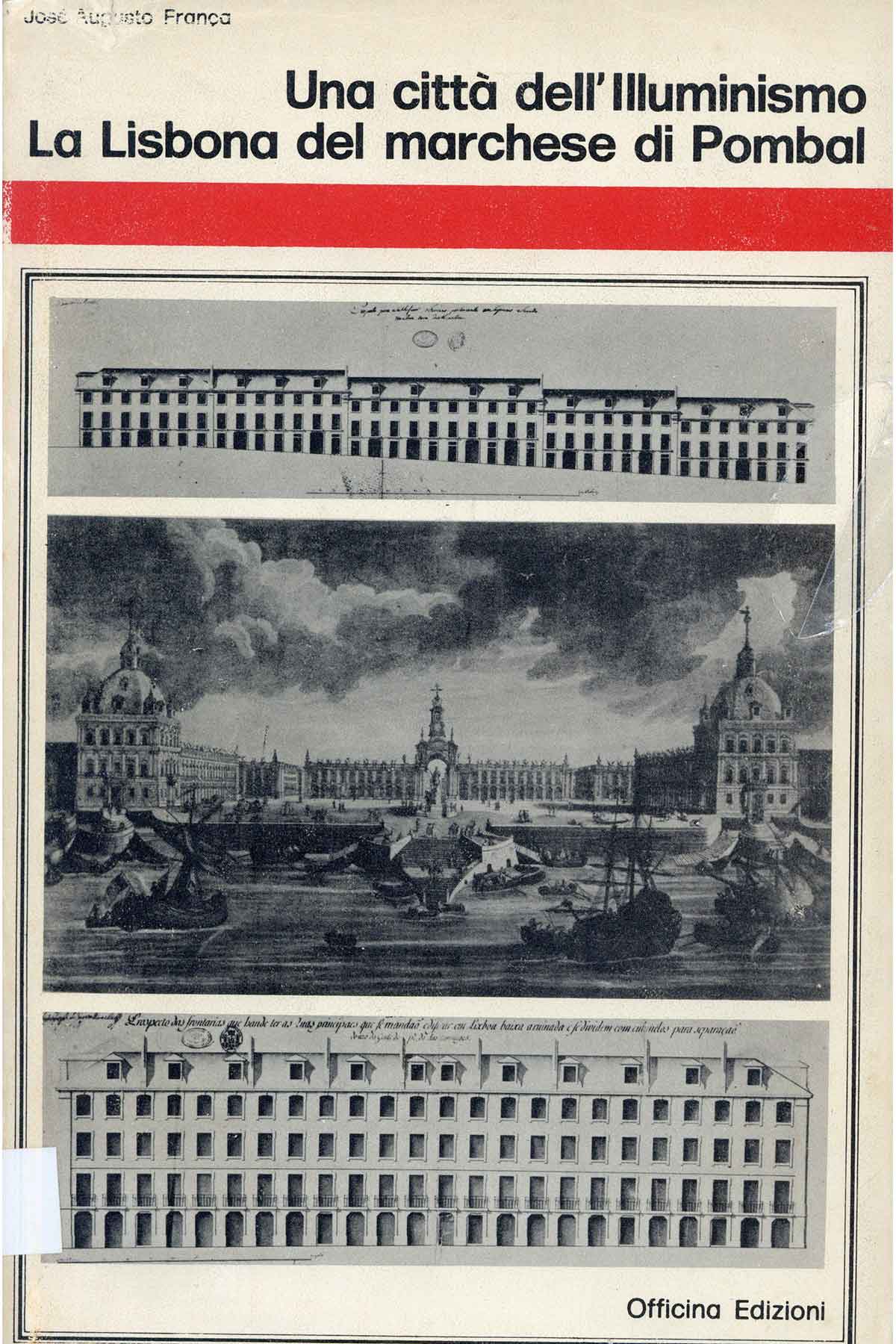
In the following decade, his writing work in the field of culture, art criticism and history did not diminish, with the publication of the books Rafael Bordalo Pinheiro, o português tal e qual (1981), O retrato na arte portuguesa (1981), Cem exposições (1982), with texts on exhibitions published between 1949 and 1980, Amadeo de Souza-Cardoso, o português à força ; Almada Negreiros, o português sem mestre (1986) – brings together texts of Amadeo de Souza-Cardoso, in a reworked 3rd edition, and Almada Negreiros, o português sem mestre (2nd edition), Malhoa, o português dos portugueses & Columbano, o português sem portugueses (1987), História da arte ocidental, 1789-1980 (1987).
At the same time, José Augusto França continued to write in newspapers and to publish texts in exhibition catalogues in galleries.
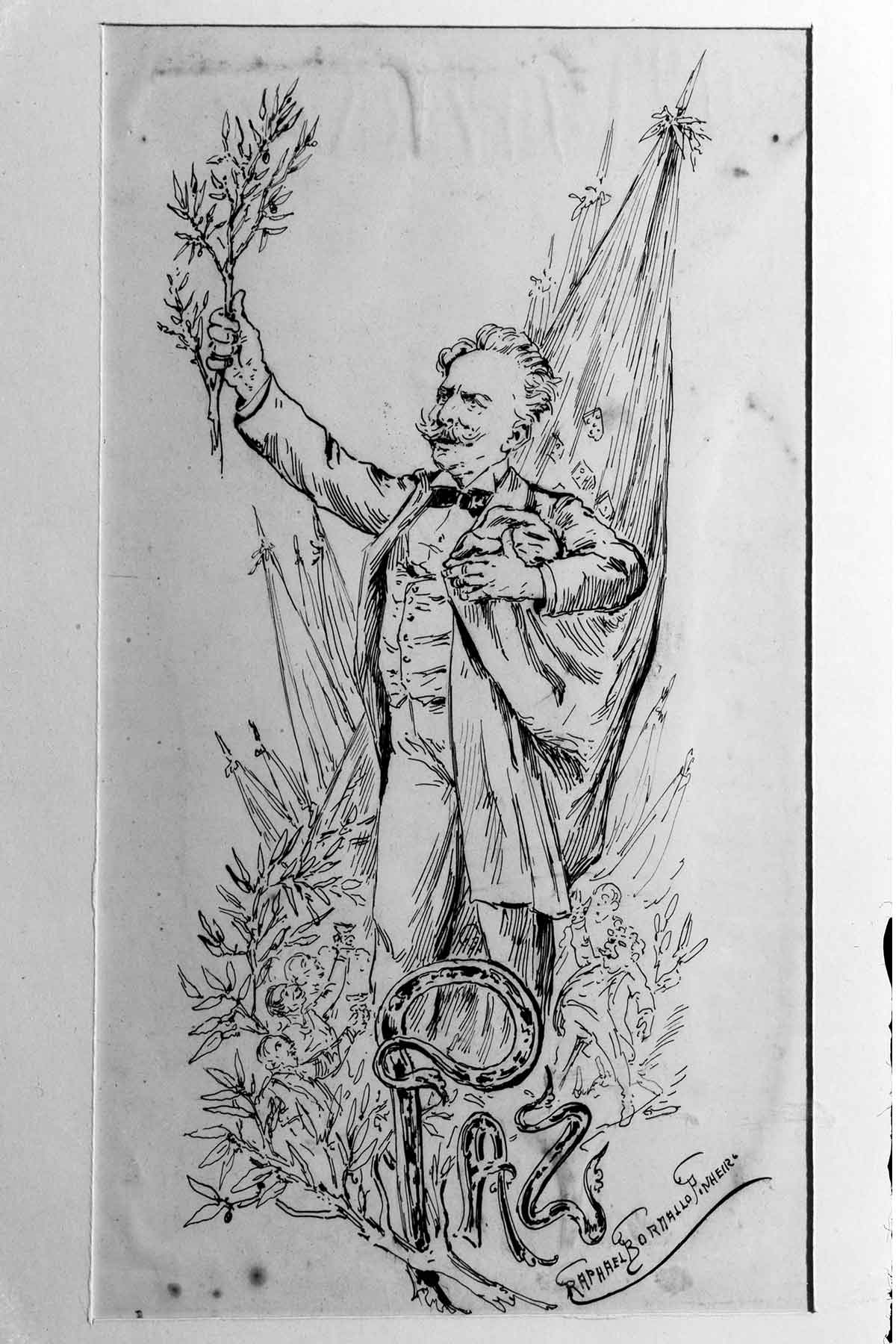
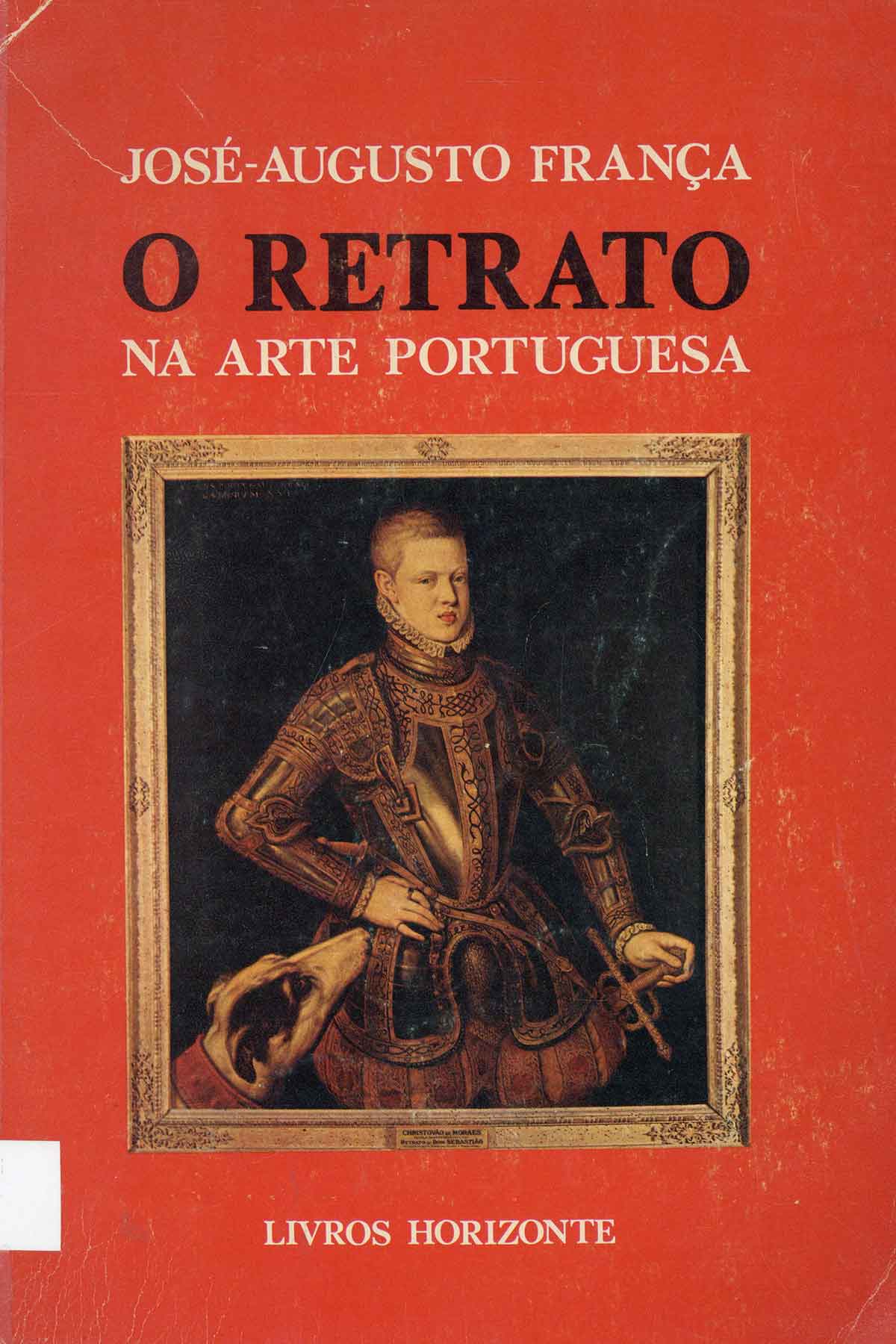

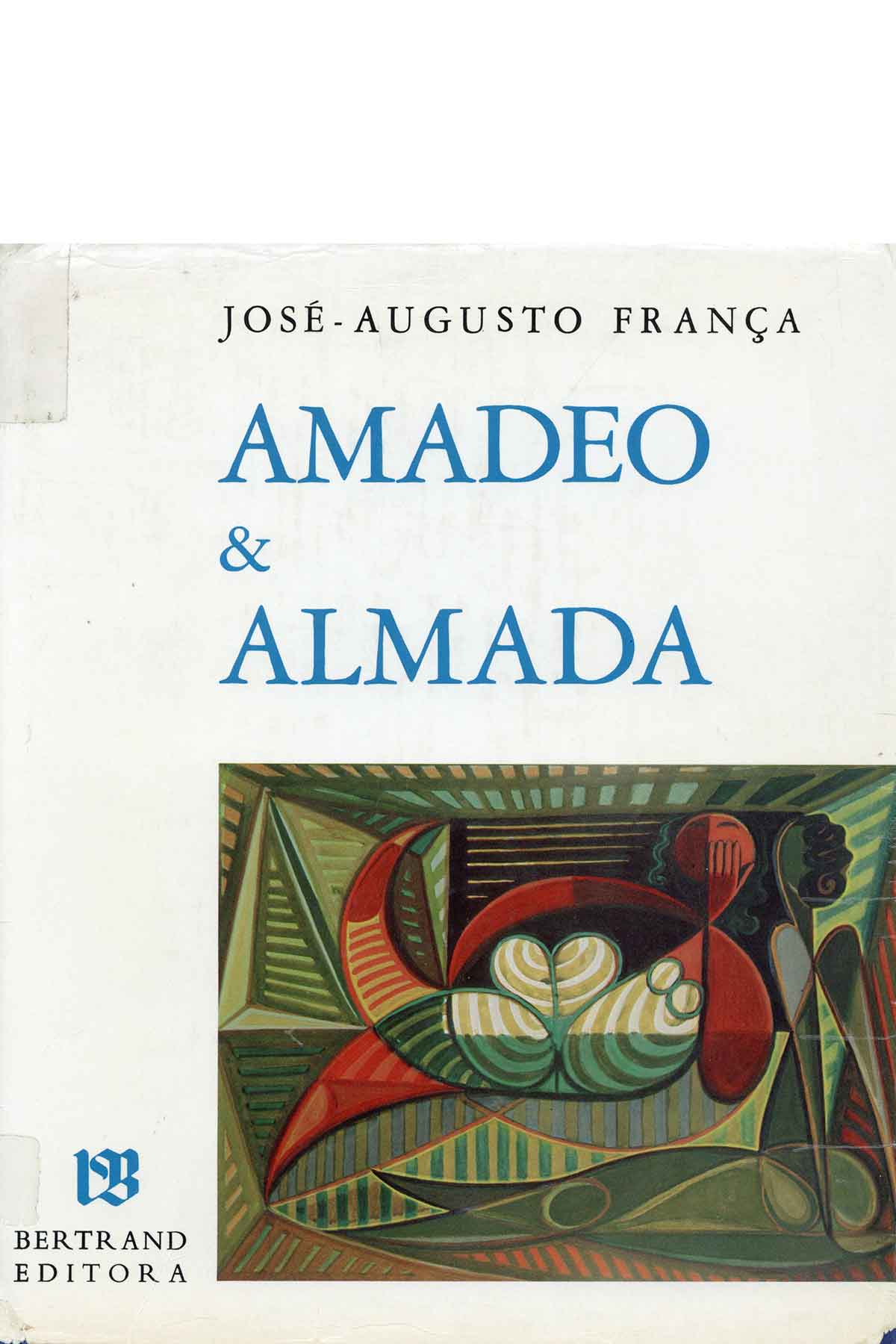

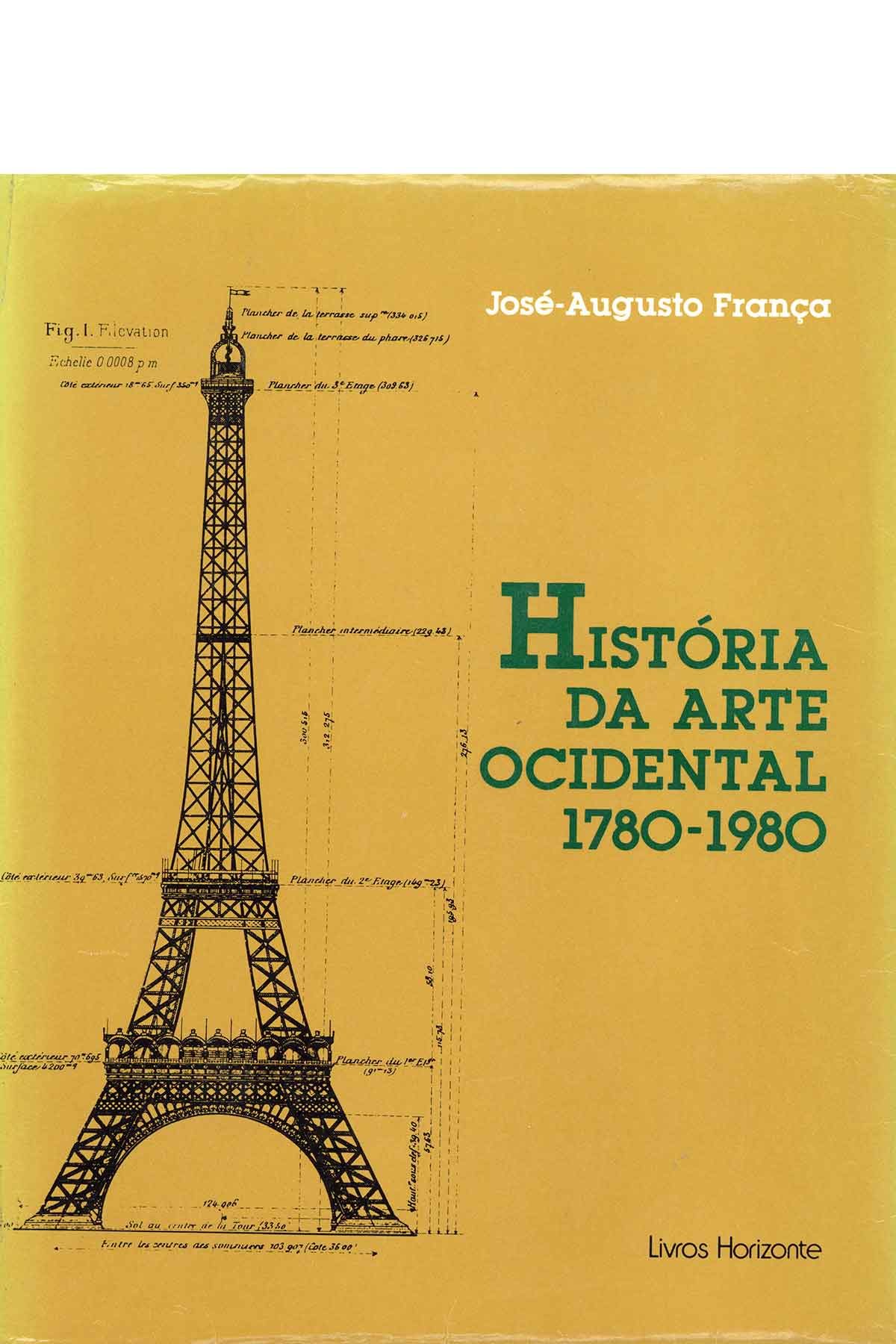
At the Calouste Gulbenkian Foundation, as well as directing the Colóquio. Artes, José Augusto França was responsible for several exhibitions, held conferences, participated in round tables, and occupied the position of director of the Portuguese Cultural Centre of the Calouste Gulbenkian Foundation in Paris (1983-1989).
During his direction, the Portuguese Cultural Centre held international colloquiums and exhibitions – with Portuguese artists featured in the cycle L’artiste du mois, a programme that divulged to the Parisian public the work of 27 artists -, recitals and concerts, in addition to having supported the publication of various literary works by Portuguese authors by French publishers.
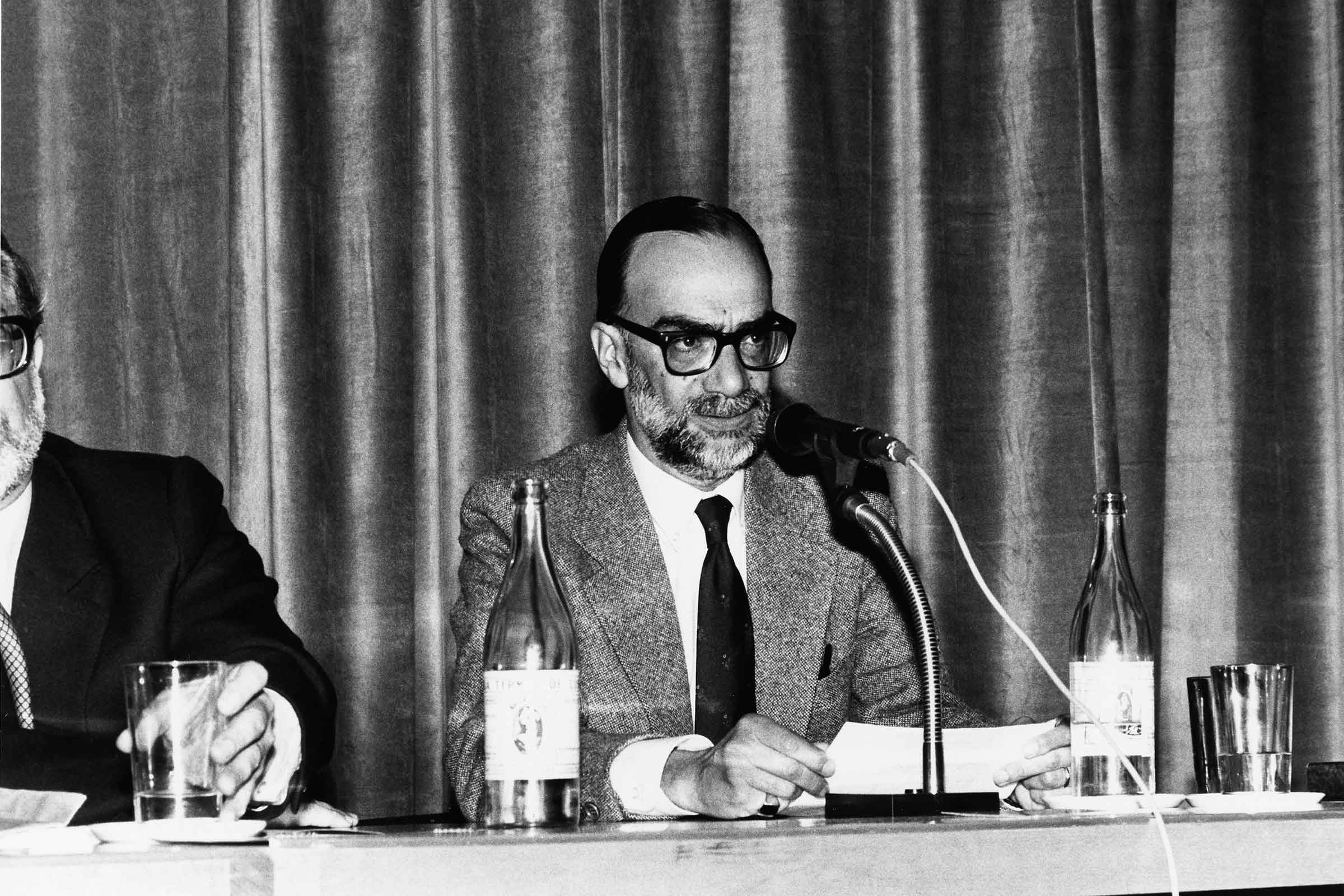
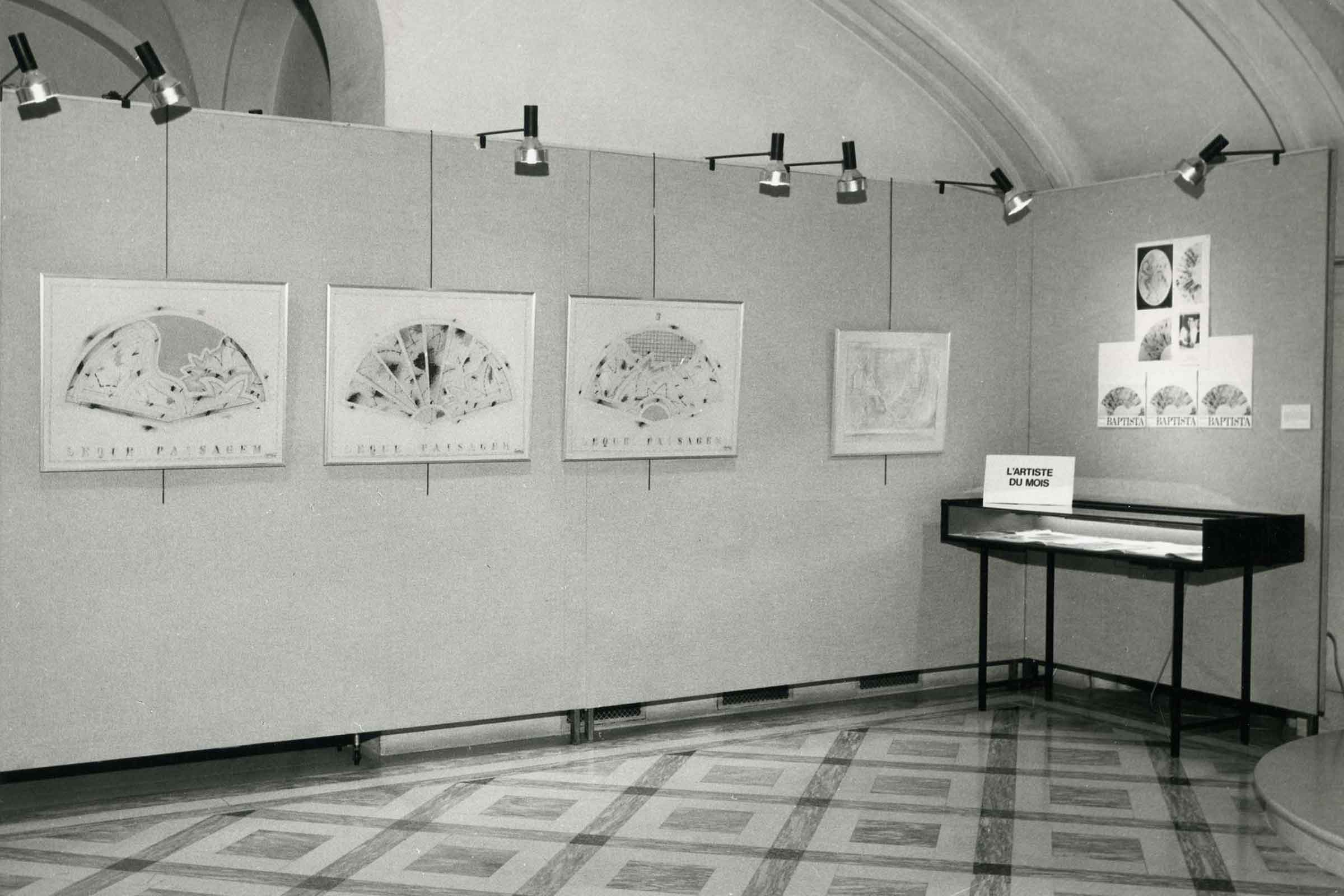
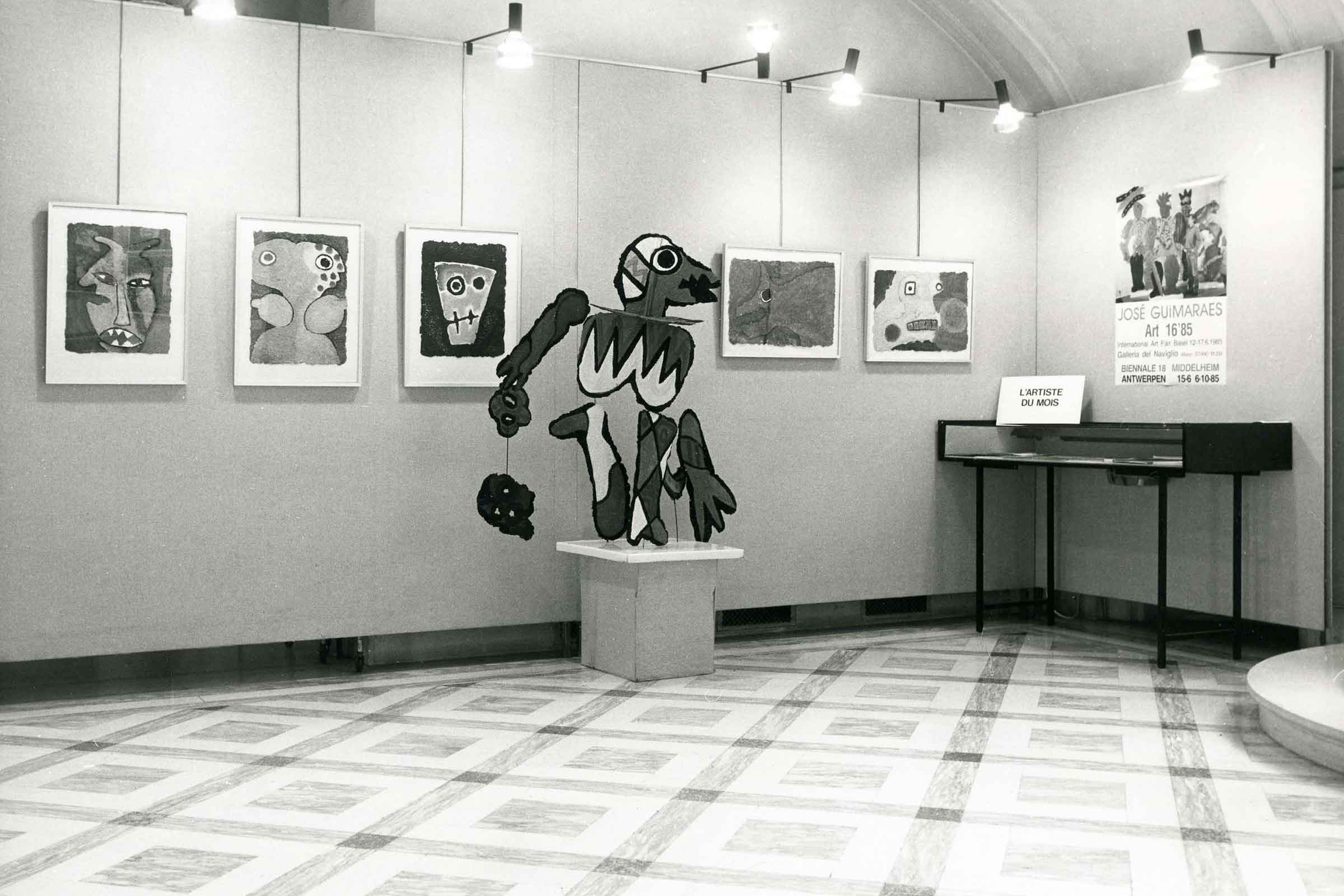
During his stay in Paris, he also organized two important exhibitions that brought to the attention of the French public, respectively, aspects of the history of Portuguese art of the 19th century and of Pombaline Lisbon: the exhibition Soleil et ombres : l’art portugais du XIXème siècle, presented at the Musée du Petit Palais, between October 1987 and January 1988, and Une ville des Lumières: la Lisbonne de Pombal (1988), held at the Portuguese Cultural Centre, as part of the conference La ville régulière: modèles et tracés.

Dividing his daily life between his French residence in Jarzé (in 1972 José Augusto França married the French art historian Marie-Thérese Mandroux) and the flat in Rua da Escola Politécnica, during his periods in Lisbon he could often be found in the National Library, doing his research, and in the Estrela garden, where he began to spend his mornings, sitting on the esplanade in front of one of the lakes, reading the newspaper, or chatting with friends who, knowing where to find him, passed by.
“The botanical garden is extraordinary, but it's up and downhill, the Príncipe Real garden is too close to my house, and one day I came here and thought: here is my garden. I didn't remember it as a boy, that's for sure, but I thought it would suit me.”
Interview by Ana Barata to José Augusto França in Estrela: jardim romântico. “LX metrópole”, N.º 6 (março 2002), page 22
Throughout the 1990s José Augusto França continued to write about art and culture – The twenties in Portugal: a study of socio-cultural facts (1992), Bosch or the integral visionary (1994) – to travel (Russia, Japan, Goa), and curating exhibitions, like D. João VI e o seu tempo (1997).
In 1992, he became Professor Emeritus at Faculdade de Ciências Sociais e Humanas of the Universidade Nova de Lisboa, where he held the ” oração de sapiência ” História, que História? (1995) and in 1998 he was elected to the Real Academia de Belas Artes de San Fernando (Madrid).
Still in 1992, the then designated Department of Documentation and Research of the Centro de Arte Moderna of the Calouste Gulbenkian Foundation dedicated a bibliographical exhibition to him, in association with the celebrations for his jubilation, and as acknowledge for the donation of his active bibliography.
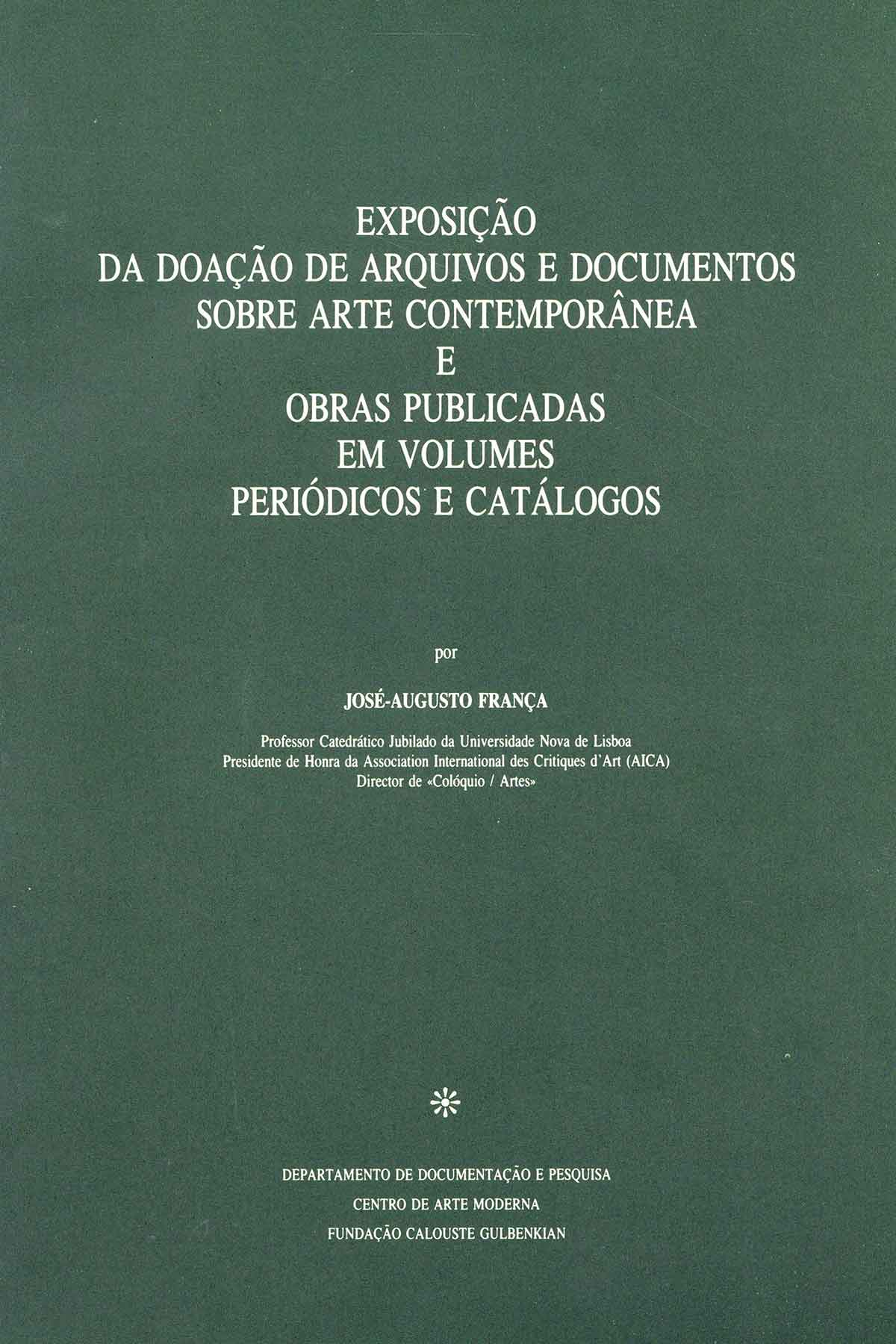
At the turn of this century, he published his Memórias para o ano 2000. And he returned to fiction, writing novels – Buridan (2002), A bela Angevina (2005), for example – and short stories.
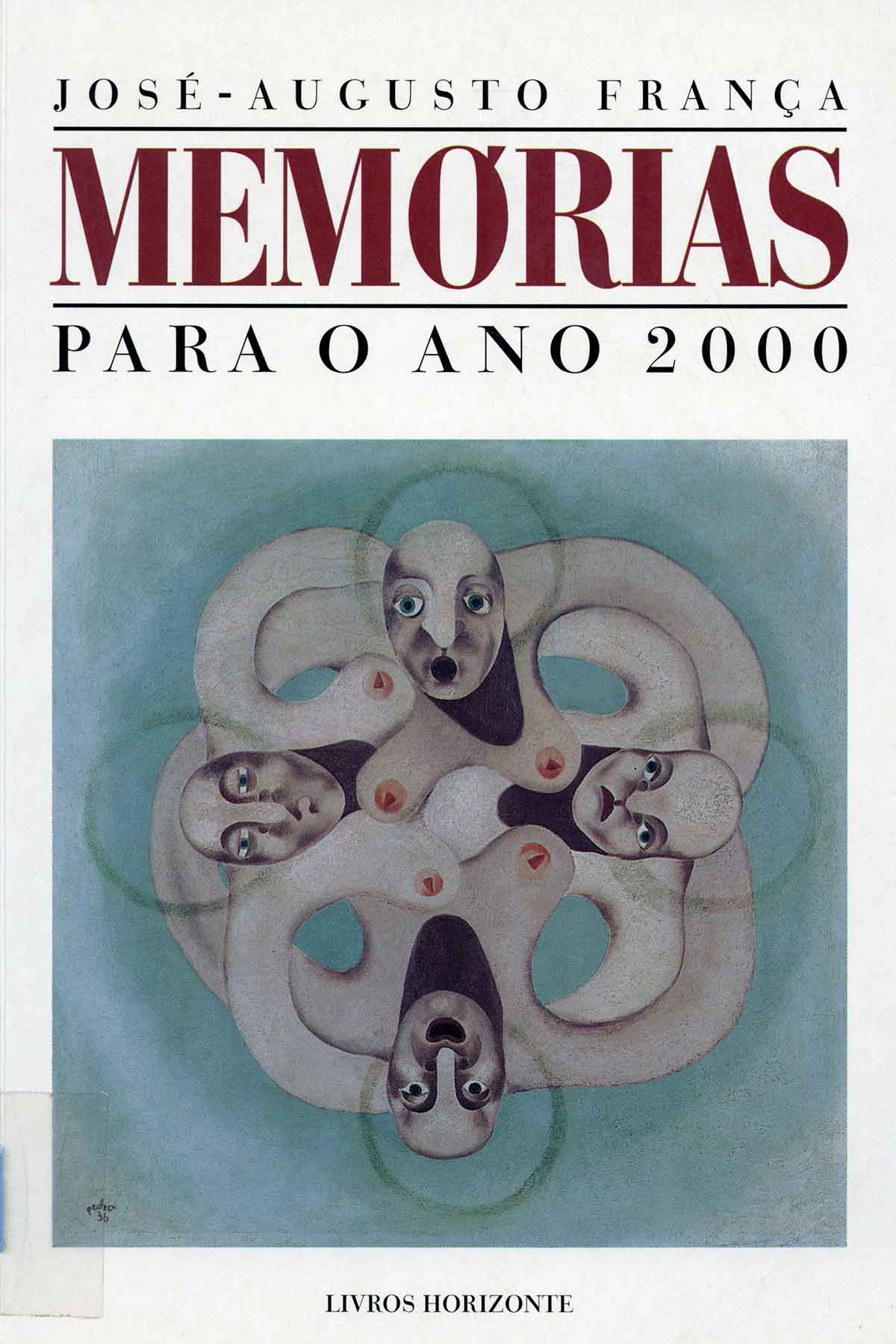
“The assumption that the memoirs would be posthumous, which existed at the beginning, when I thought of them or when, in 1993, I started to write them, has diminished over the years - even though all memories are always from beyond the grave. In fact, I was born with a life expectancy of thirty-five years, I was going to-night double it, I exceeded it later-and I preface myself now.”
José Augusto França in Memórias para o ano 2000. Lisboa : Livros Horizonte, 2002 (page 2)
In 2004, José Augusto França decided to donate the art collection he had gathered over the years to his city of birth, Tomar. The Núcleo de Arte Contemporânea José Augusto França was then created, including works by, among other artists, Almada Negreiros, Fernando Lemos, José de Guimarães, Mário Eloy, Bernardo Marques, António Pedro and Marcelino Vespeira.
In 2012, the Portuguese Association of Art Historians organized an international art history congress in his homage at the Calouste Gulbenkian Foundation, and the Art Library held a bibliographical exhibition with works from the collection donated in 1992.
José Augusto França has received several honorary distinctions, including Grand Officer of the Order of Prince Henry the Navigator (1991), Grand Cross of the Order of Prince Henry the Navigator (2006) and Grand Cross of the Military Order of Sant’Iago da Espada (2021).
The Collection of José Augusto França was donated to the Calouste Gulbenkian Foundation by the historian and art critic José Augusto França in 1992 and brings together a set of documentation composed of his writings from the late 1950s to the early 1990s. Constituting one of the special collections of the Art Library, it includes some of the most relevant and well-known works of José Augusto França’s vast bibliography. Also present are other titles written alongside his studies in the field of art history and sociology, namely his texts on cinema.
Another important nucleus of this collection are the exhibition catalogues in museum institutions and galleries, in which he participated as curator or in which he collaborated, and the texts he published in specialized national and foreign magazines, as well as those he wrote in national and foreign daily newspapers.
In addition to the works written by José Augusto França up to the 1990s that make up this collection, the documental collection of the Art Library contains other works written and published by him since that decade, including: The seventh hill: historical and artistical guide-artístico (1994), which he coordinated as part of Lisboa Capital da Cultura 94, Lisboa 1898 : estudo de factos socioculturais (1997), 28, crónica de um percurso (1998), 100 quadros portugueses no século XX (2000), the Memórias para o ano 2000 (2000) and Lisboa: história física e moral (2008) one of his last studies on the Portuguese capital.
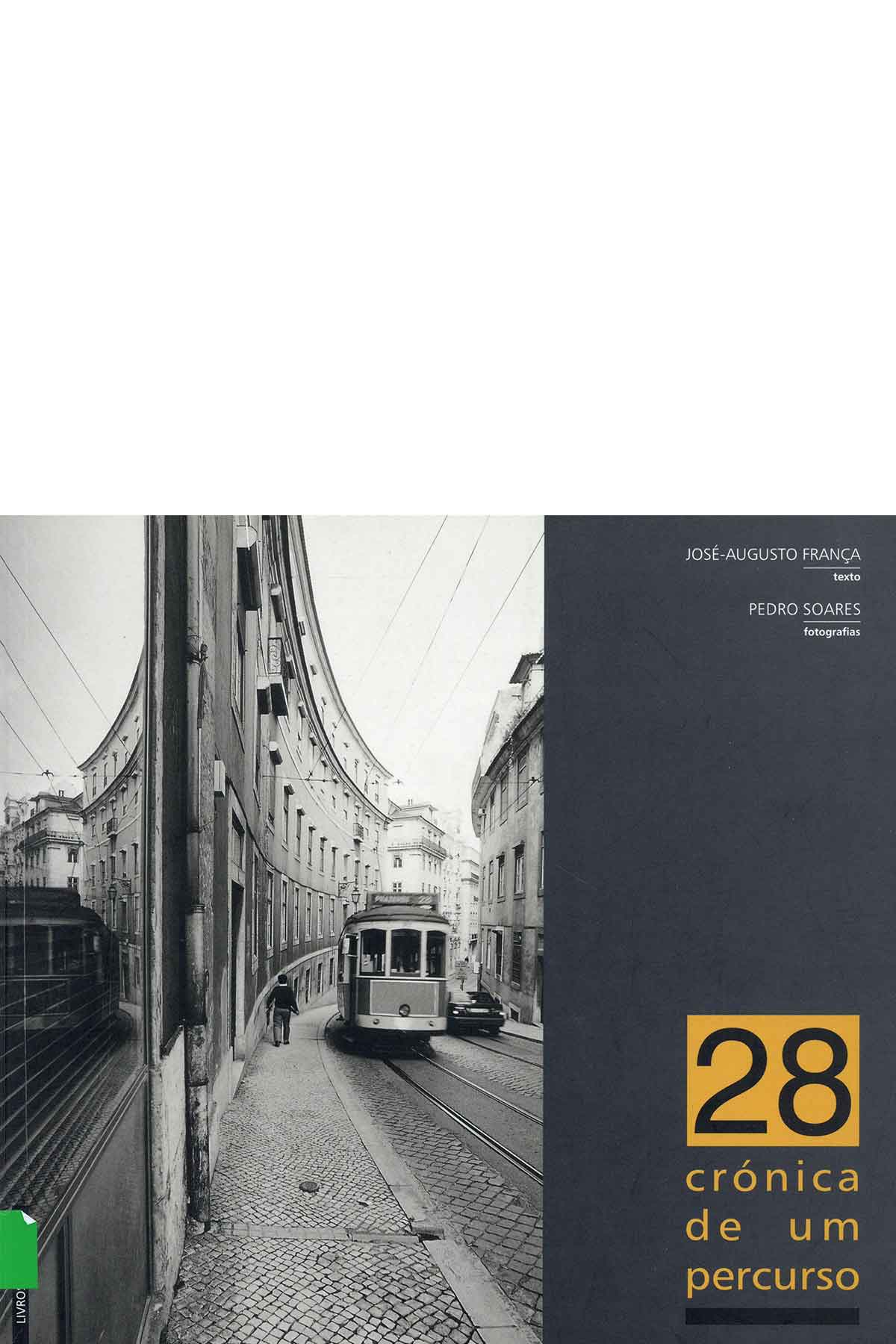
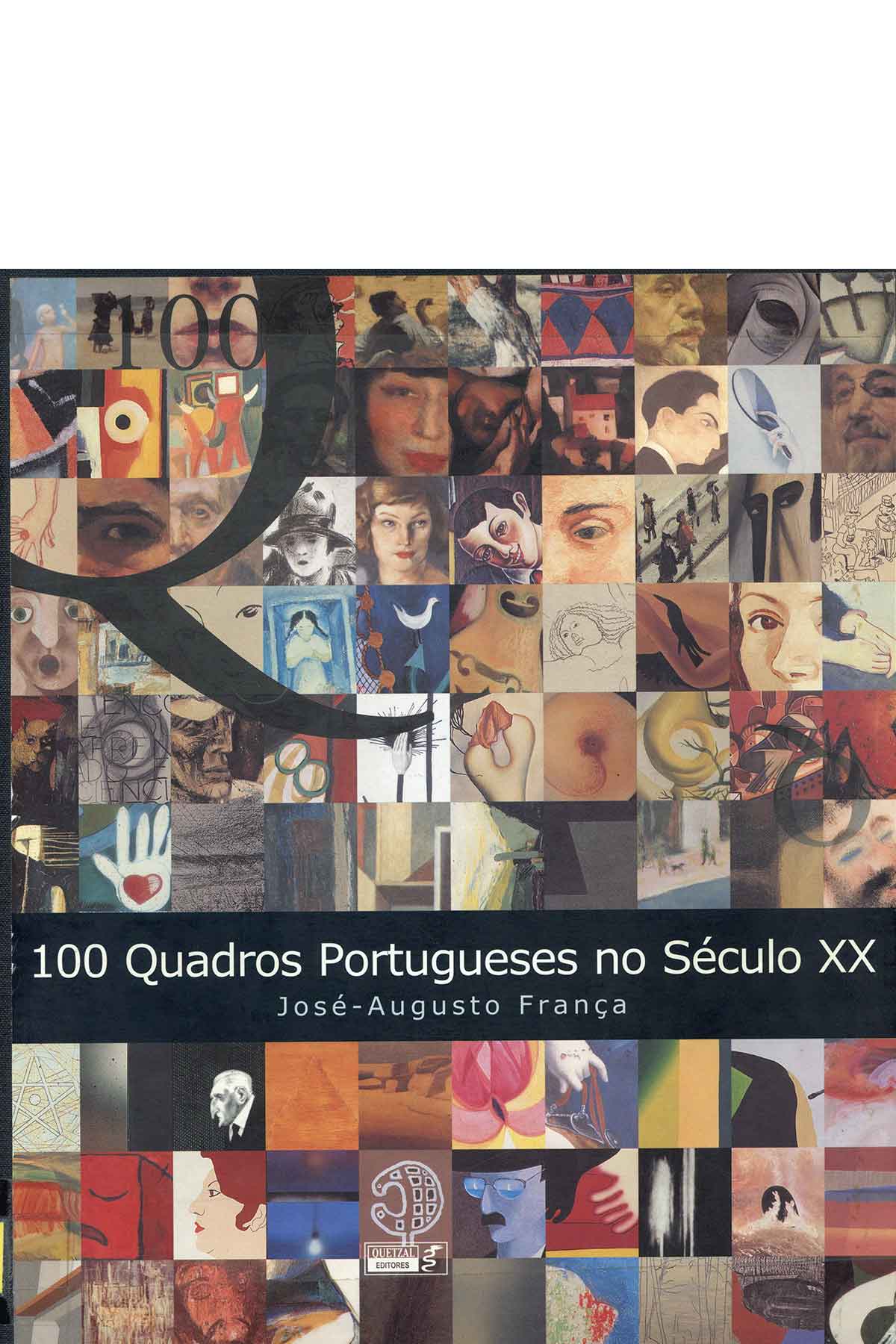
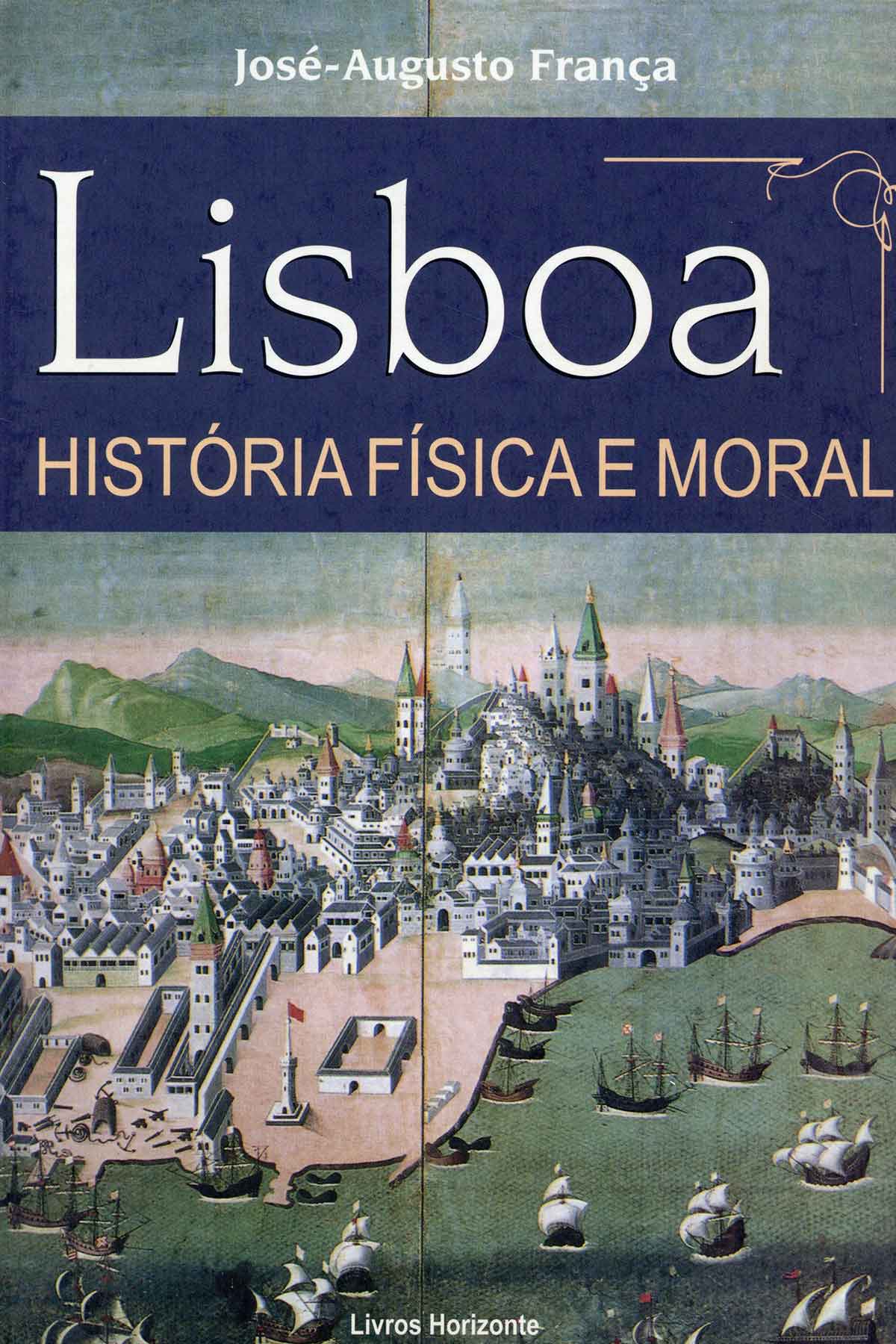
Artists and authors
Find out more about the life and work of the artists and authors represented in the Art Library and Gulbenkian Archives.
